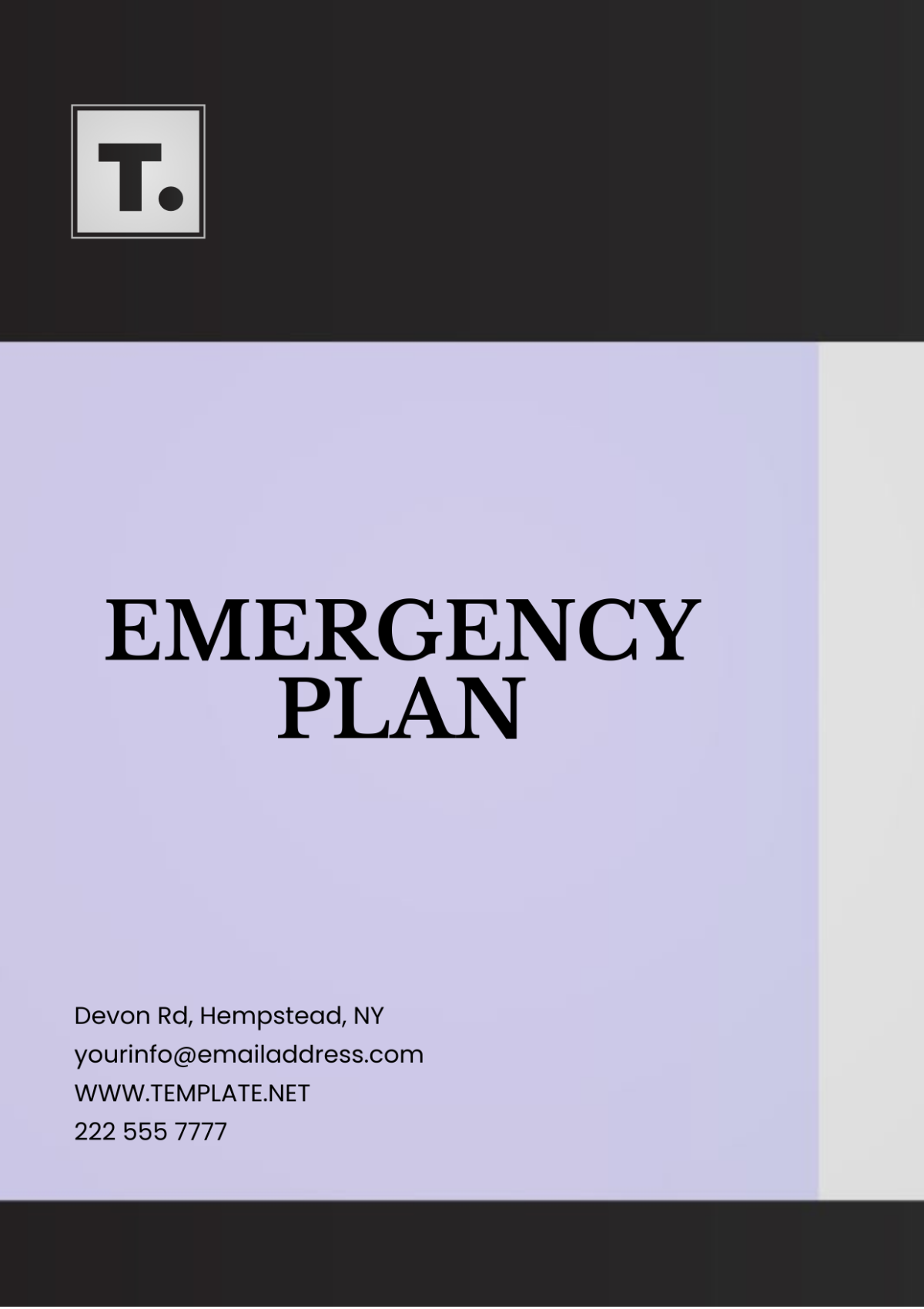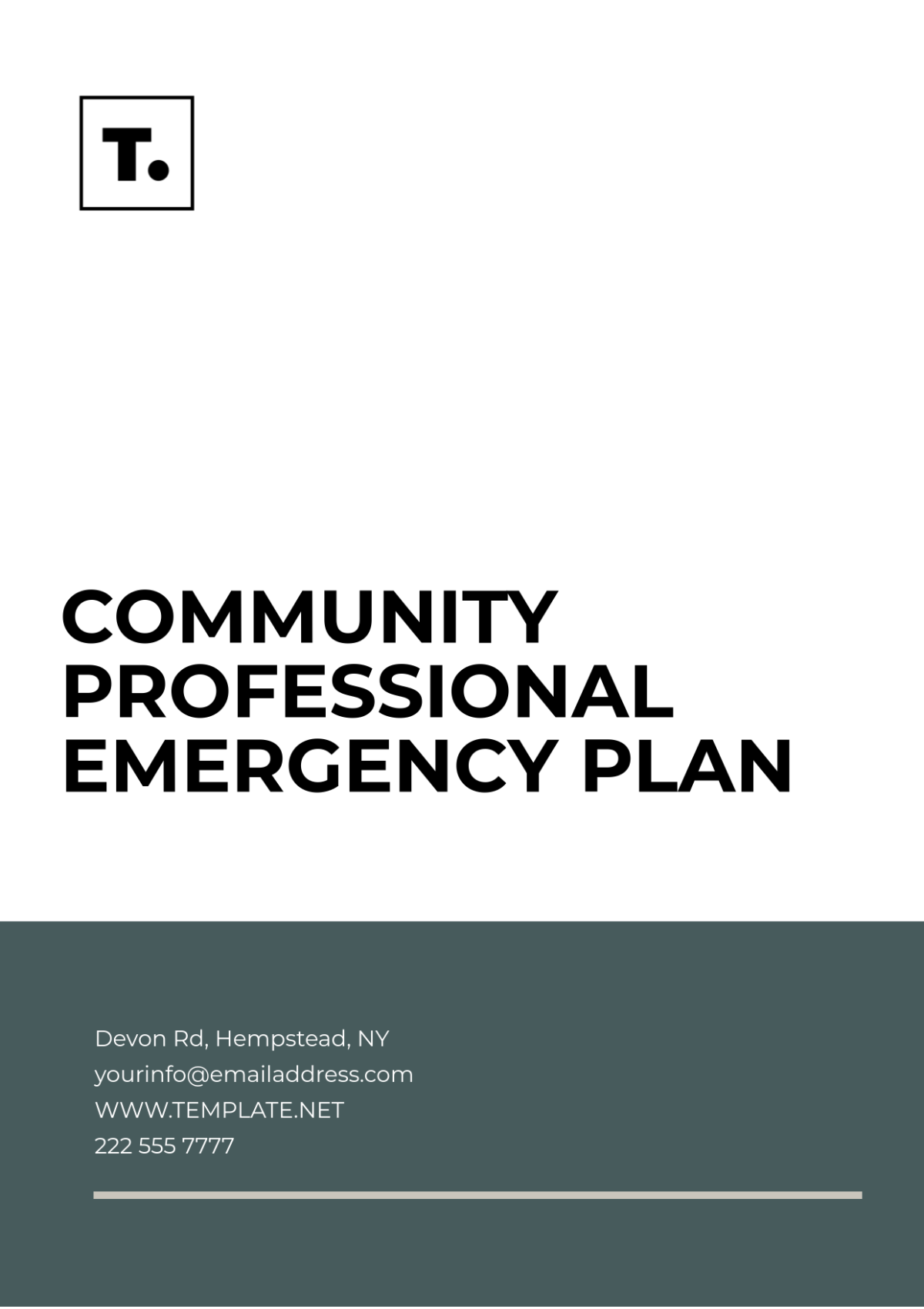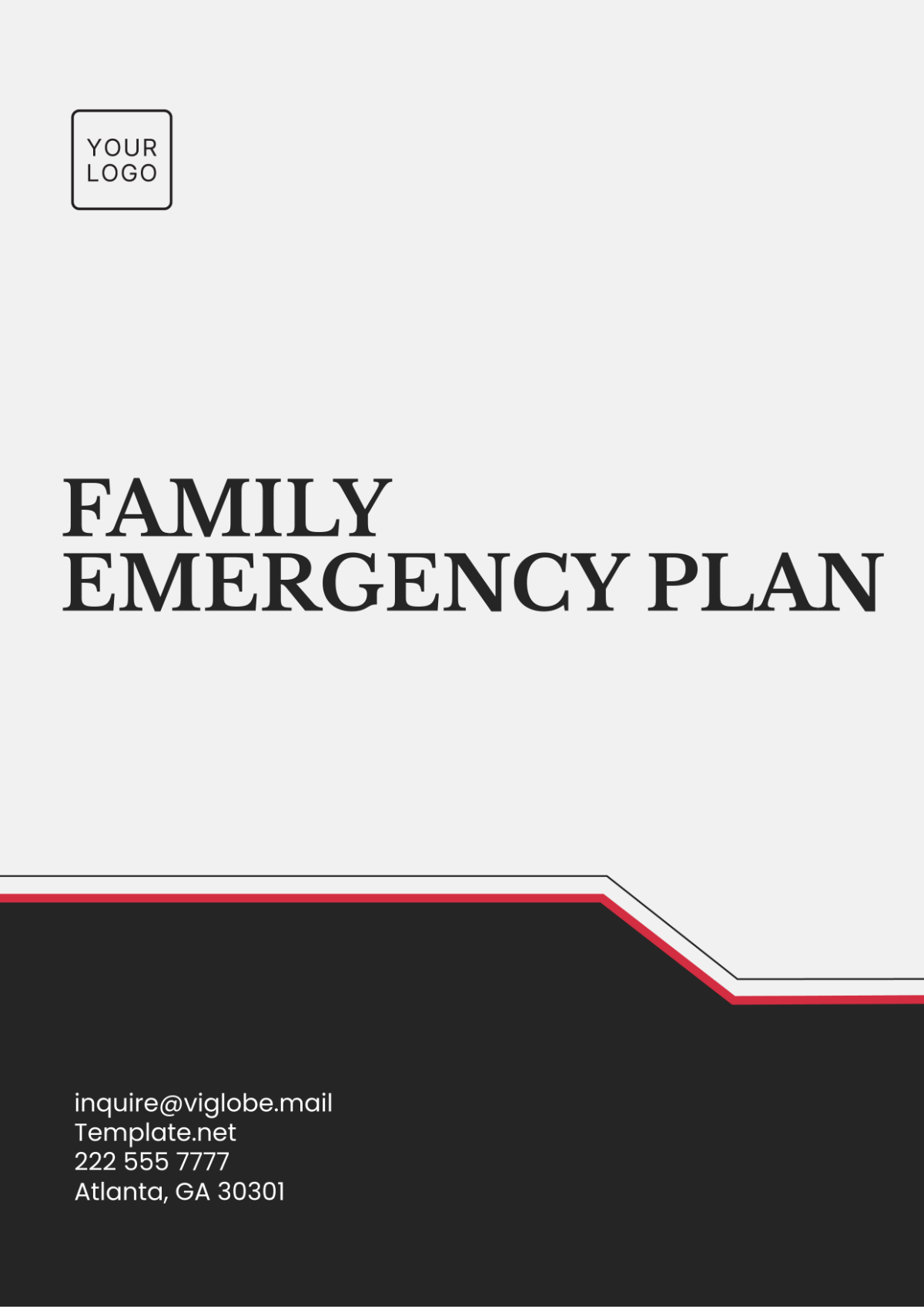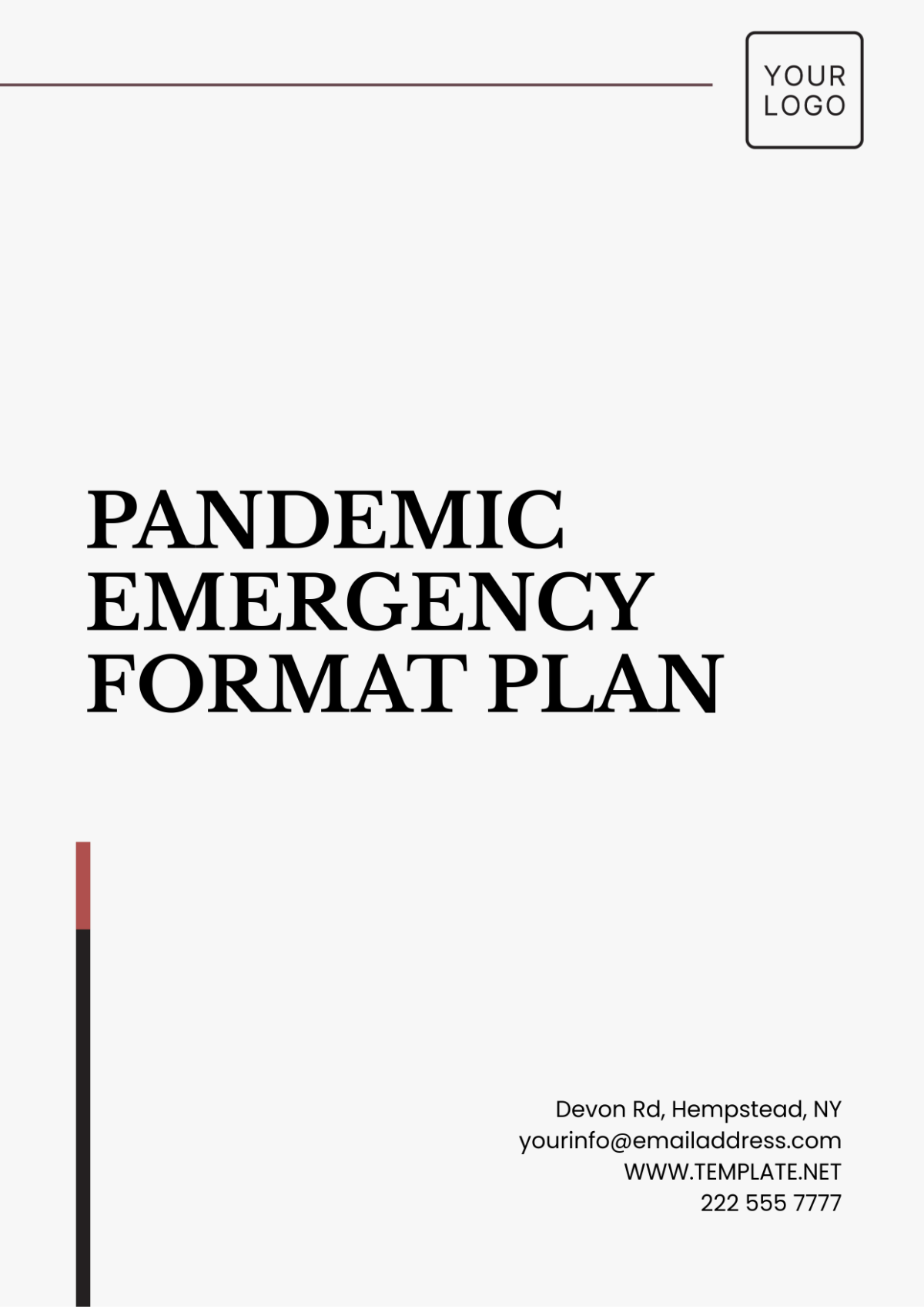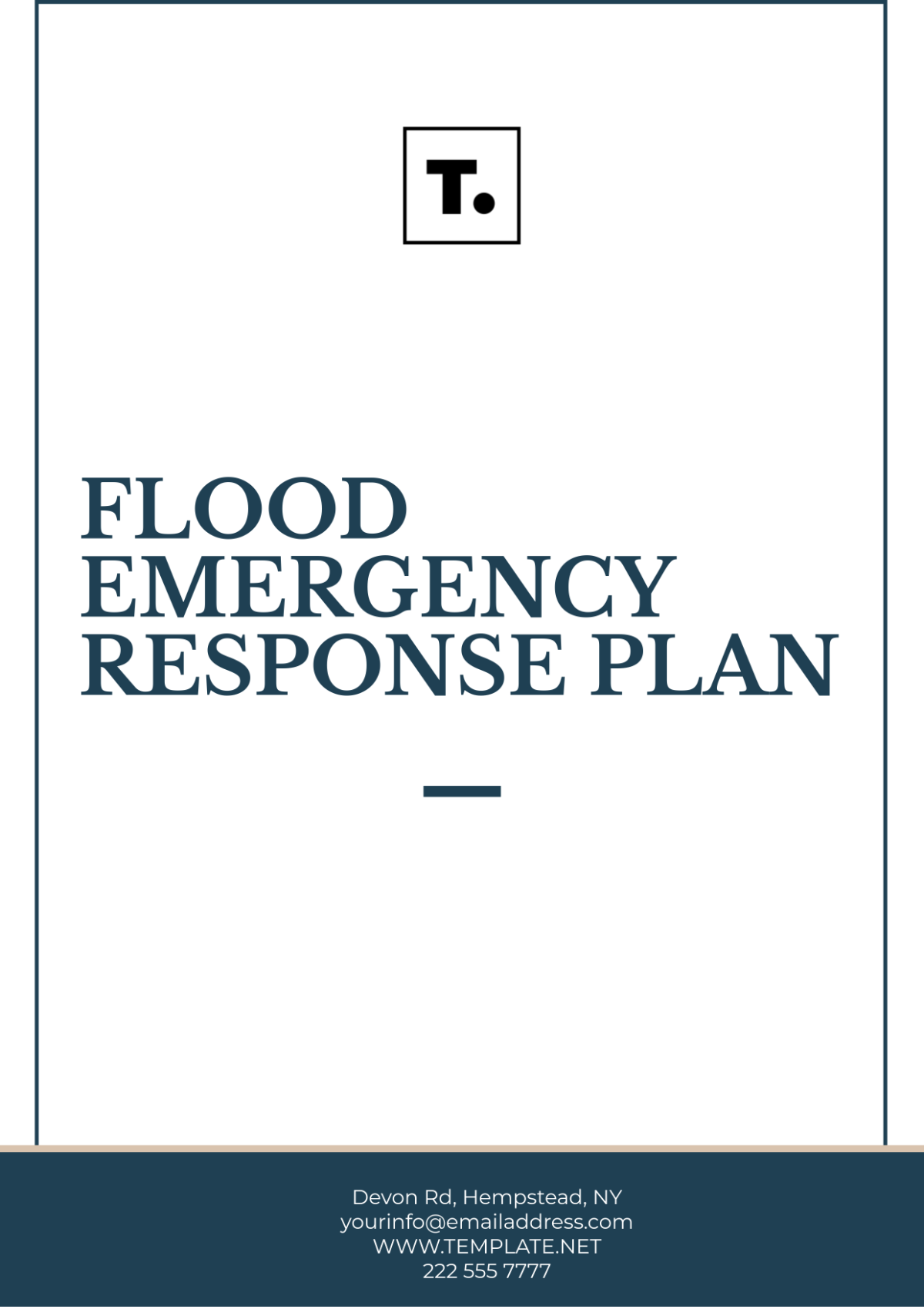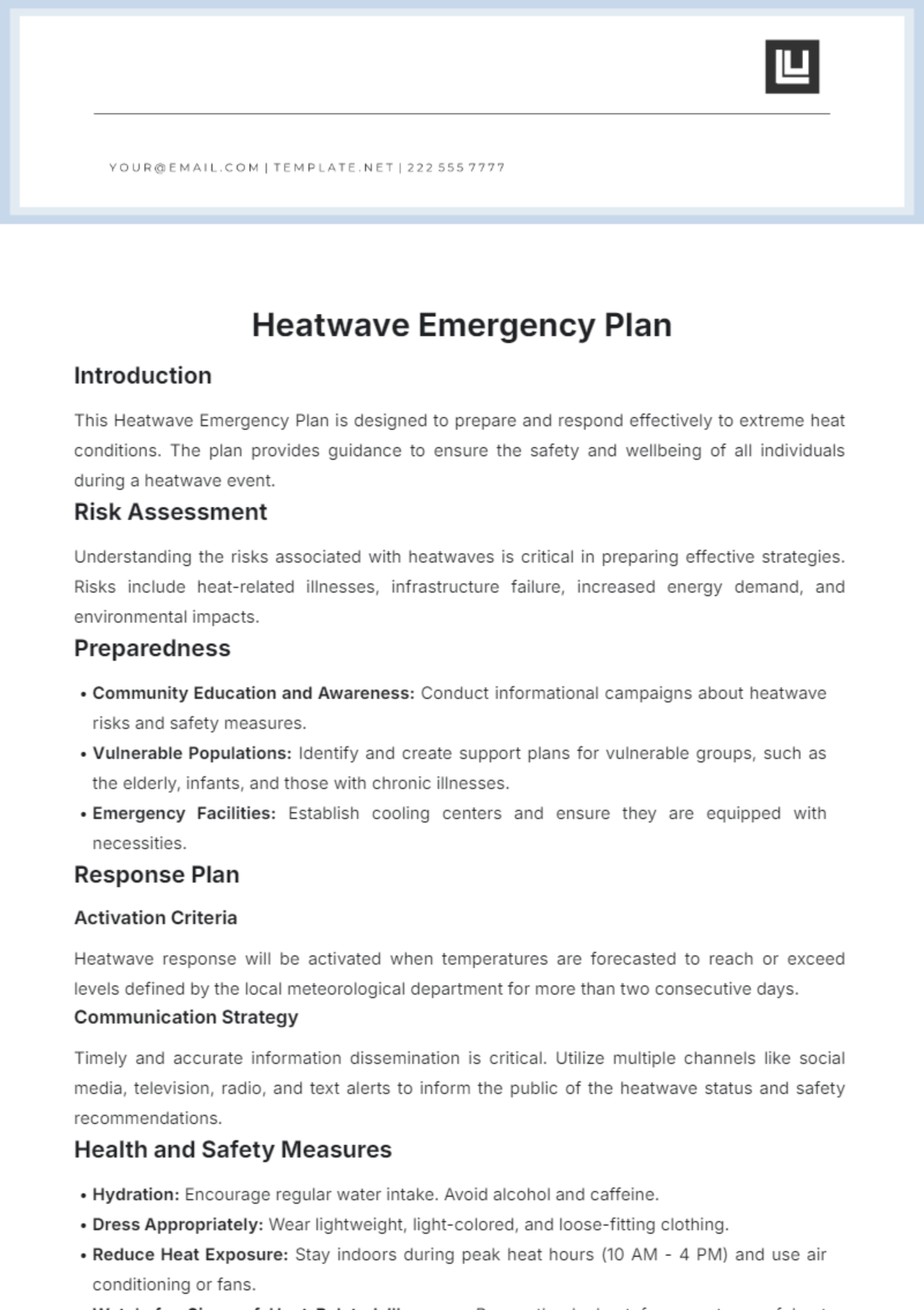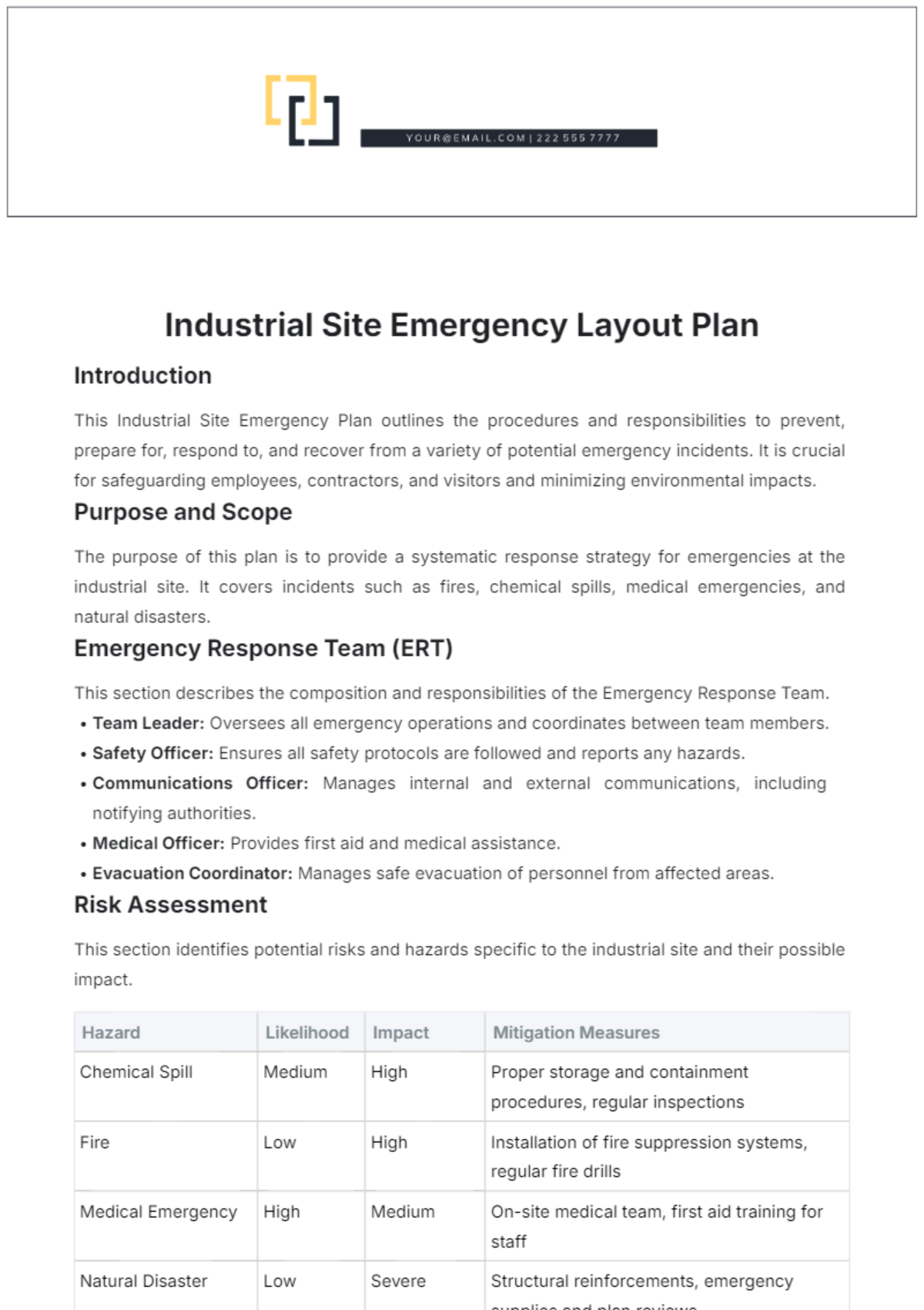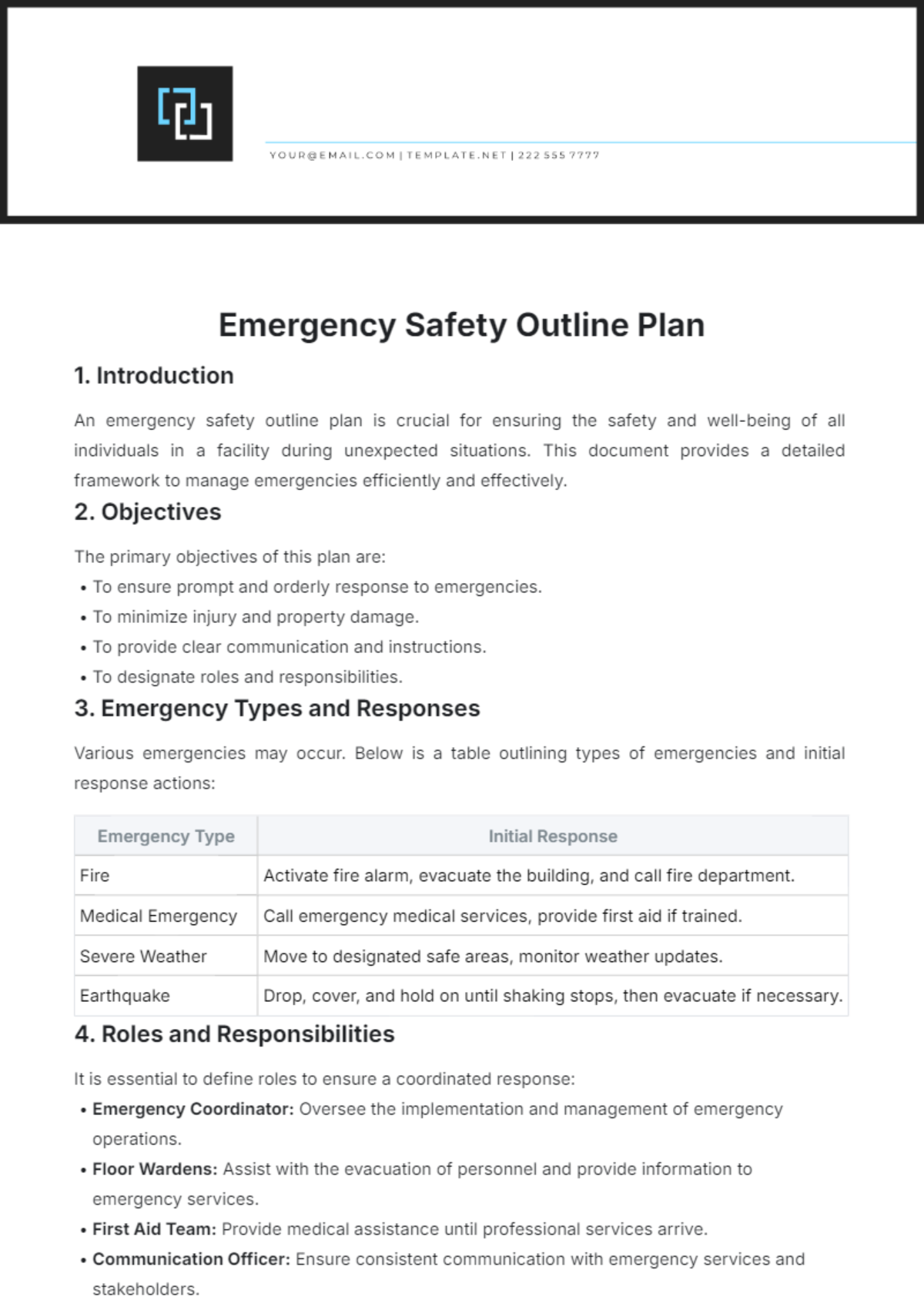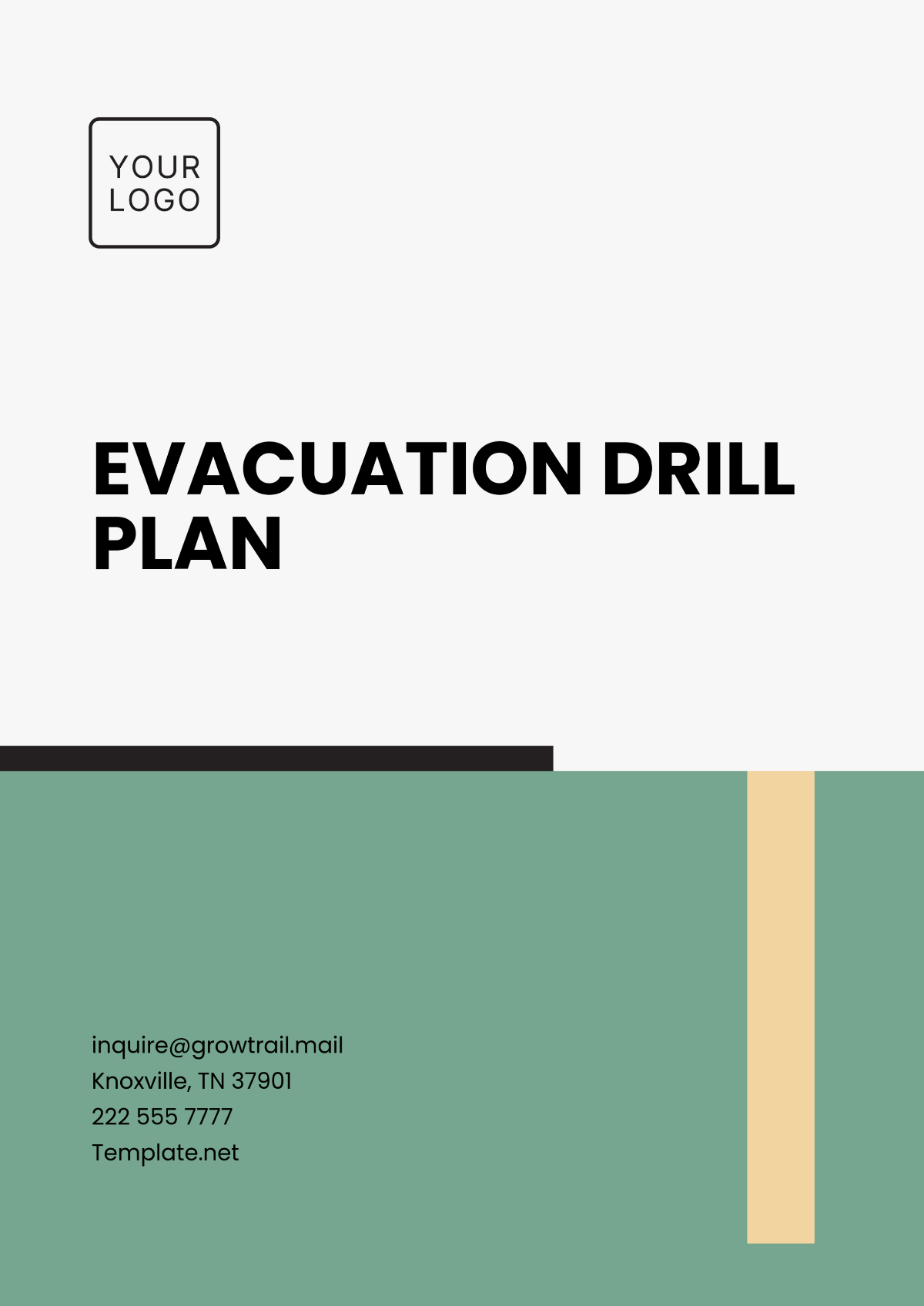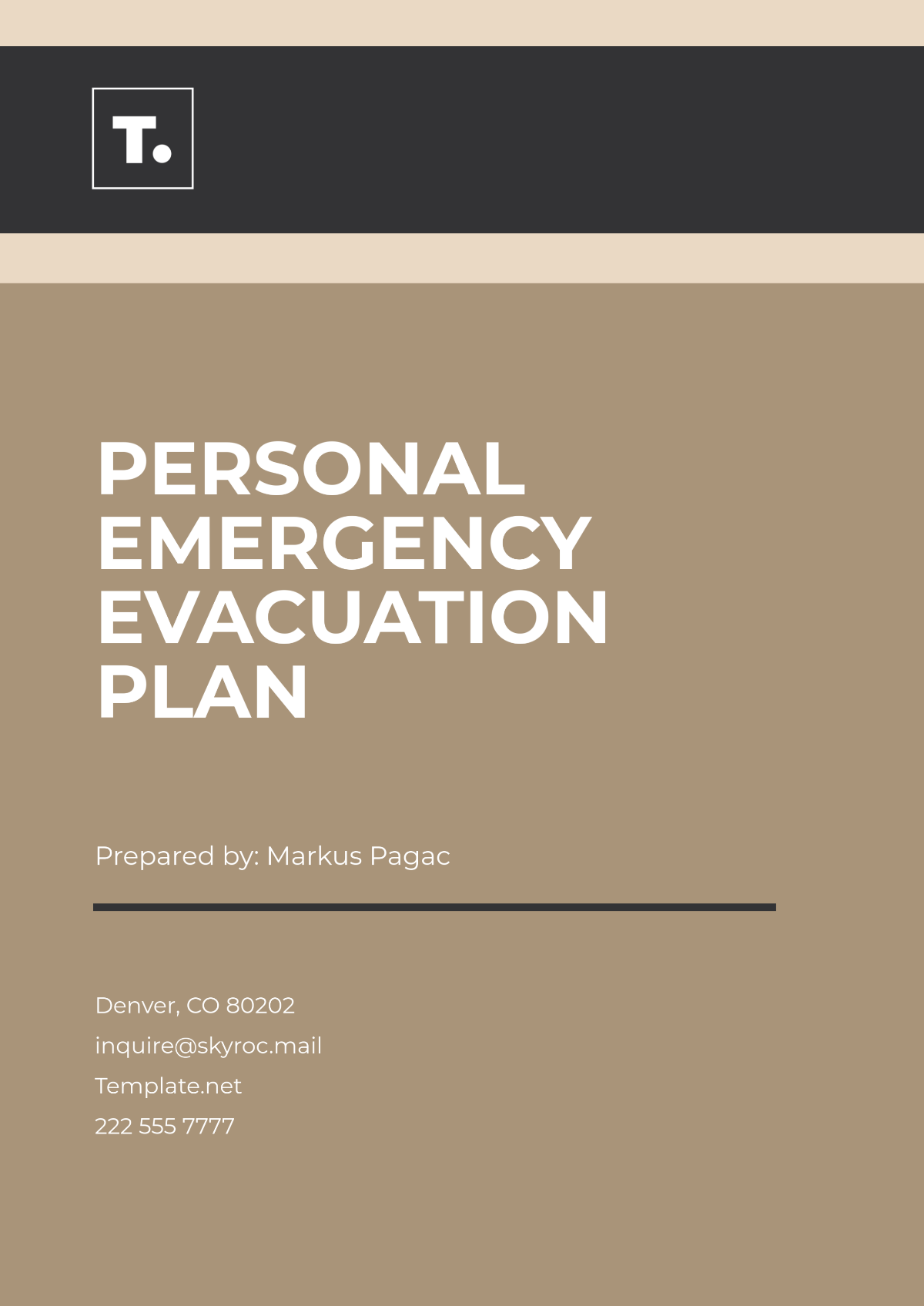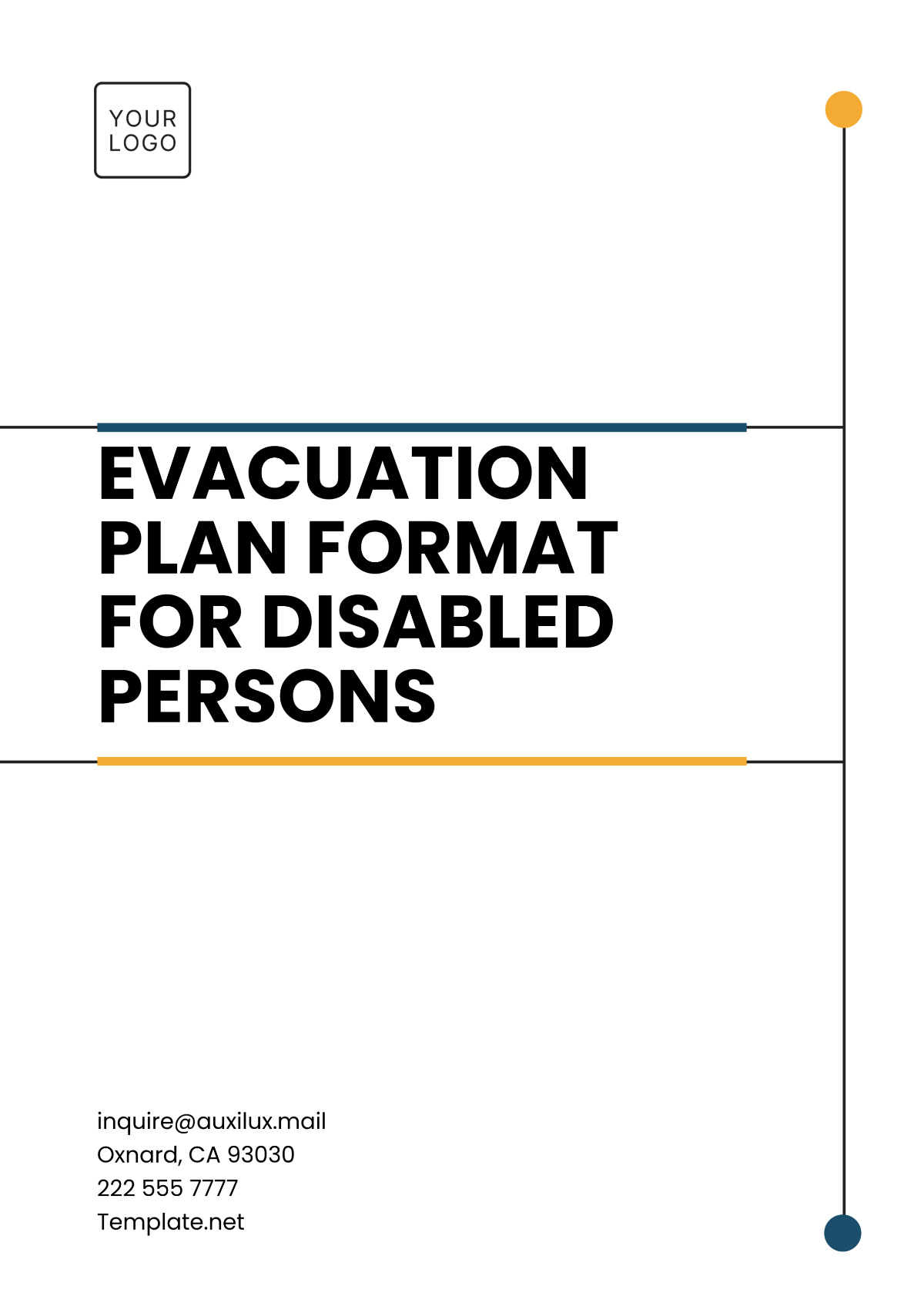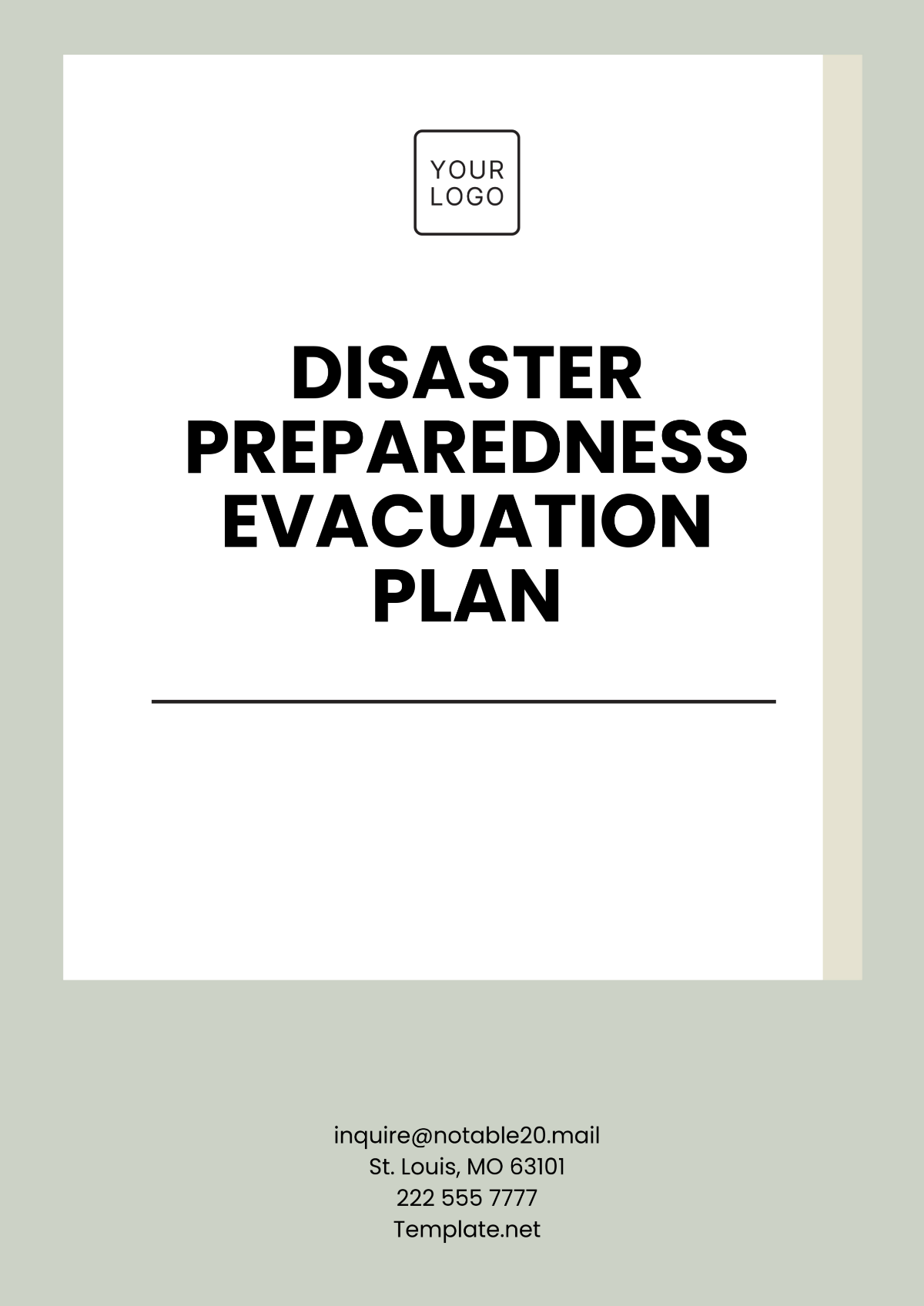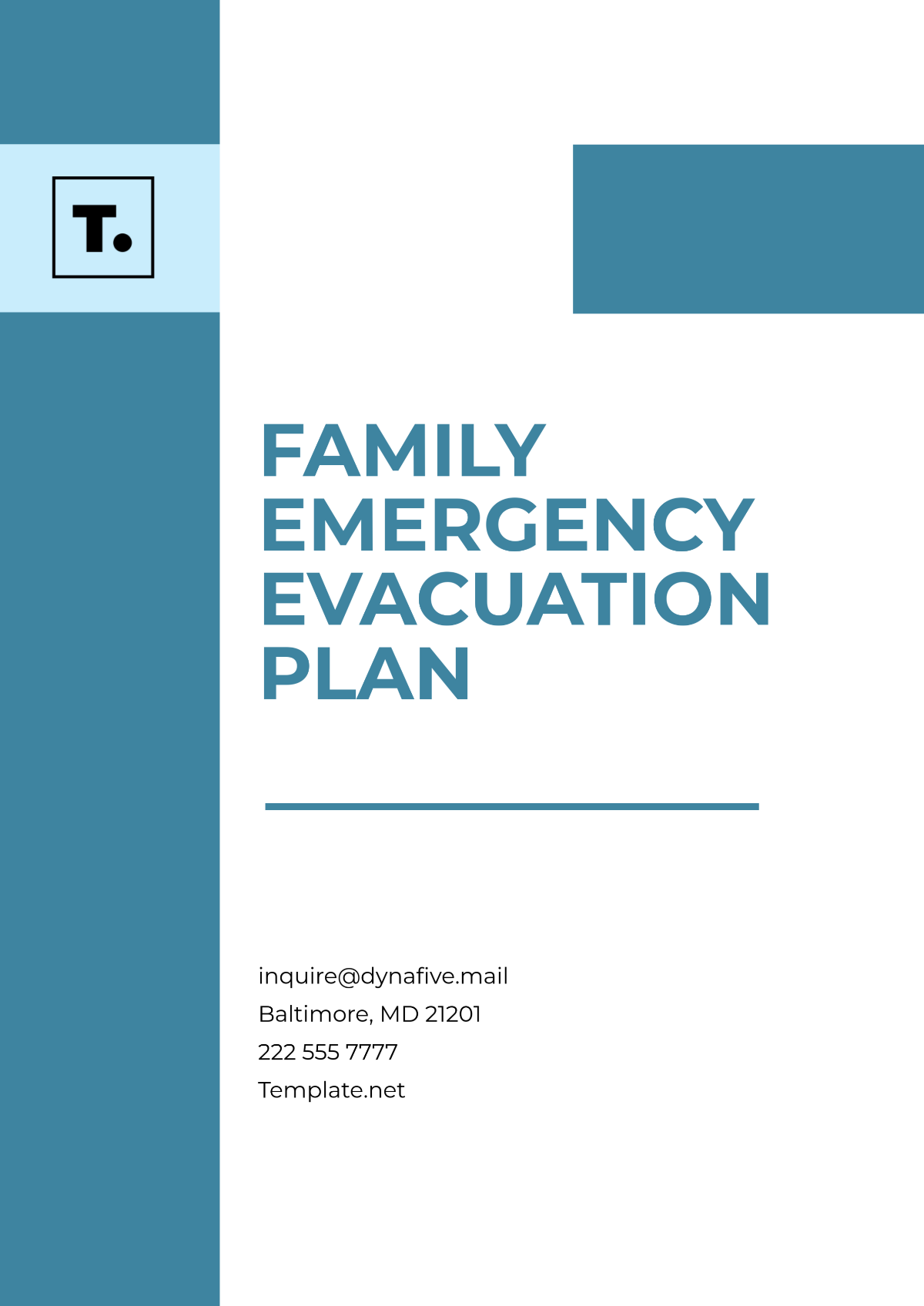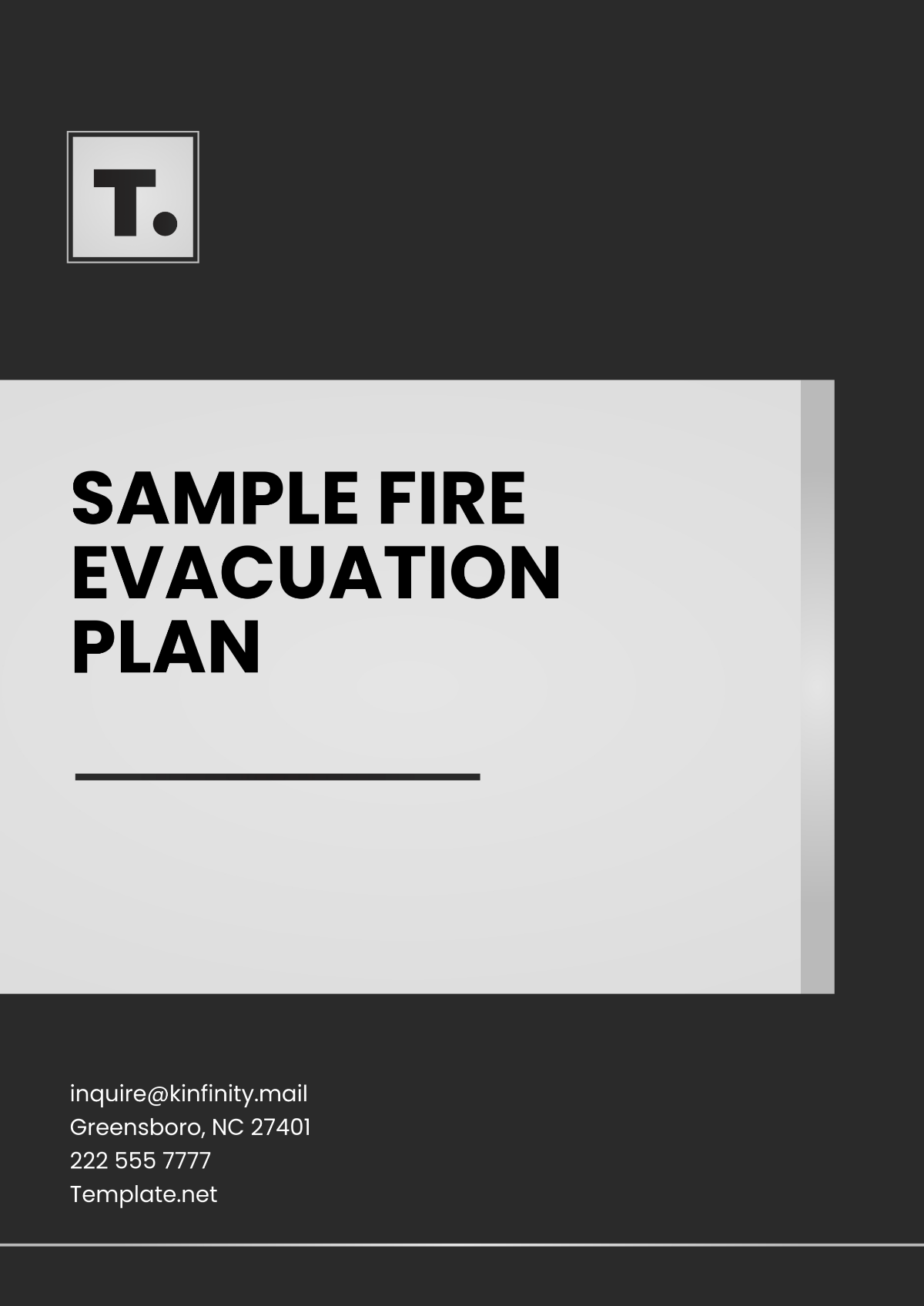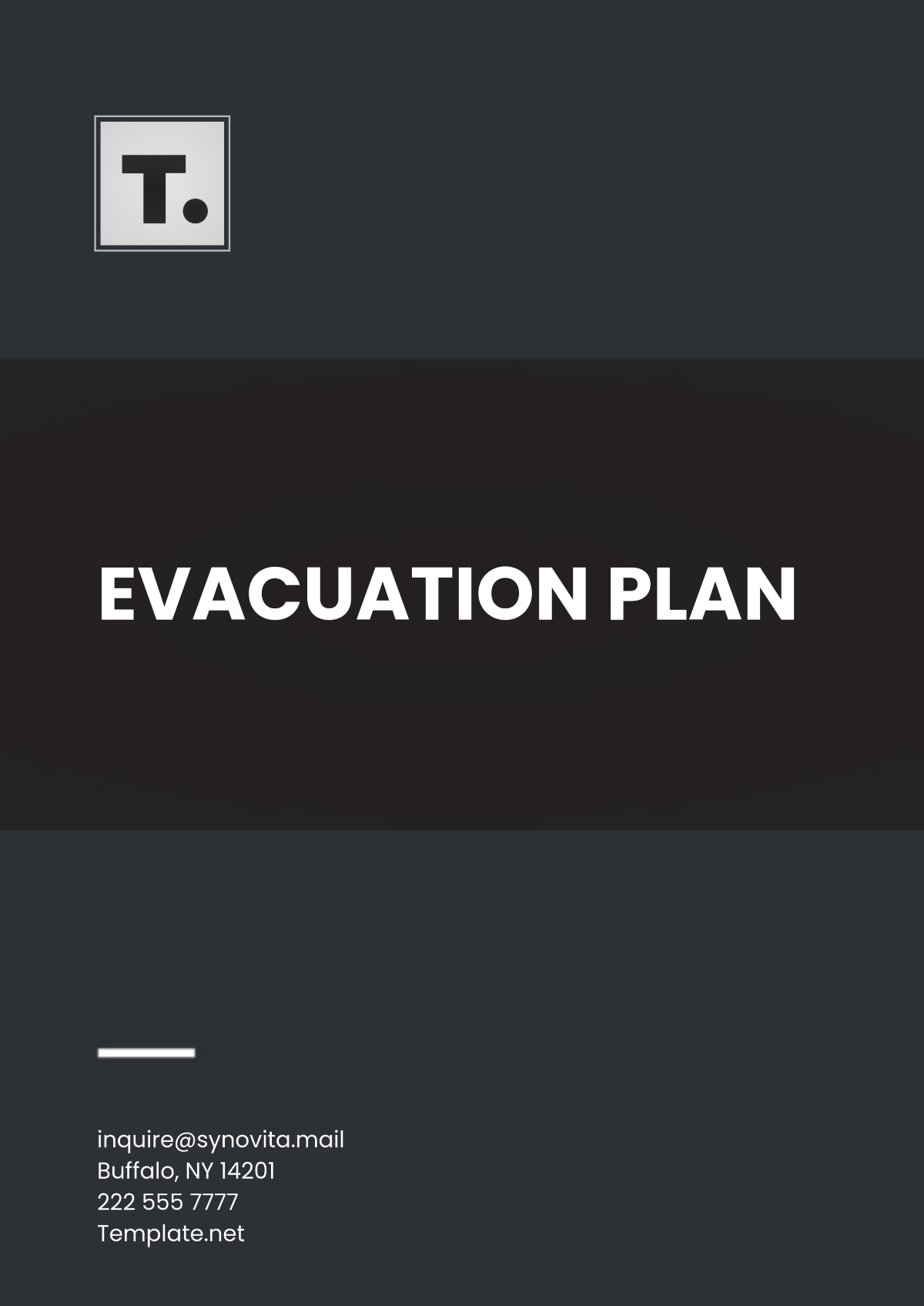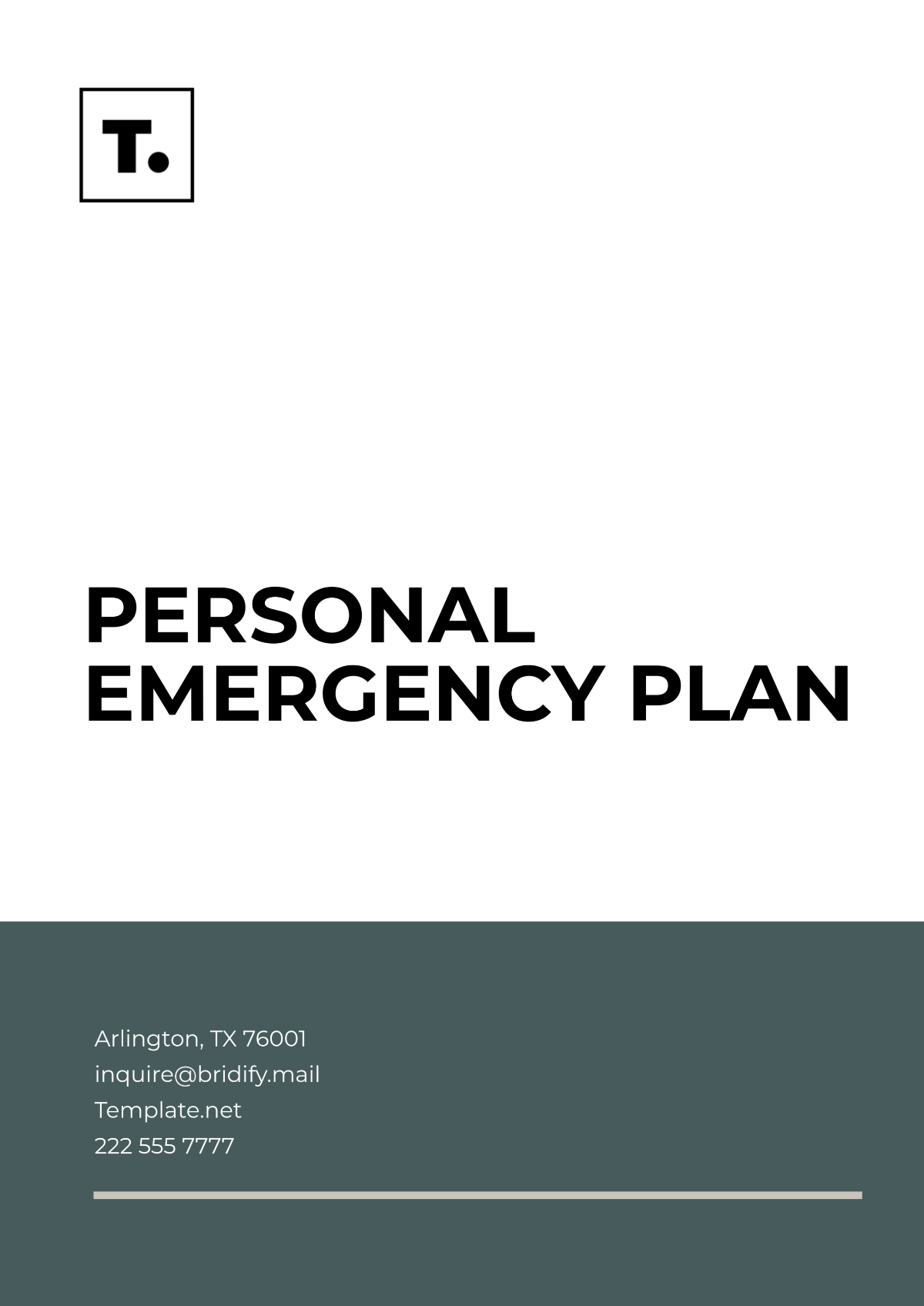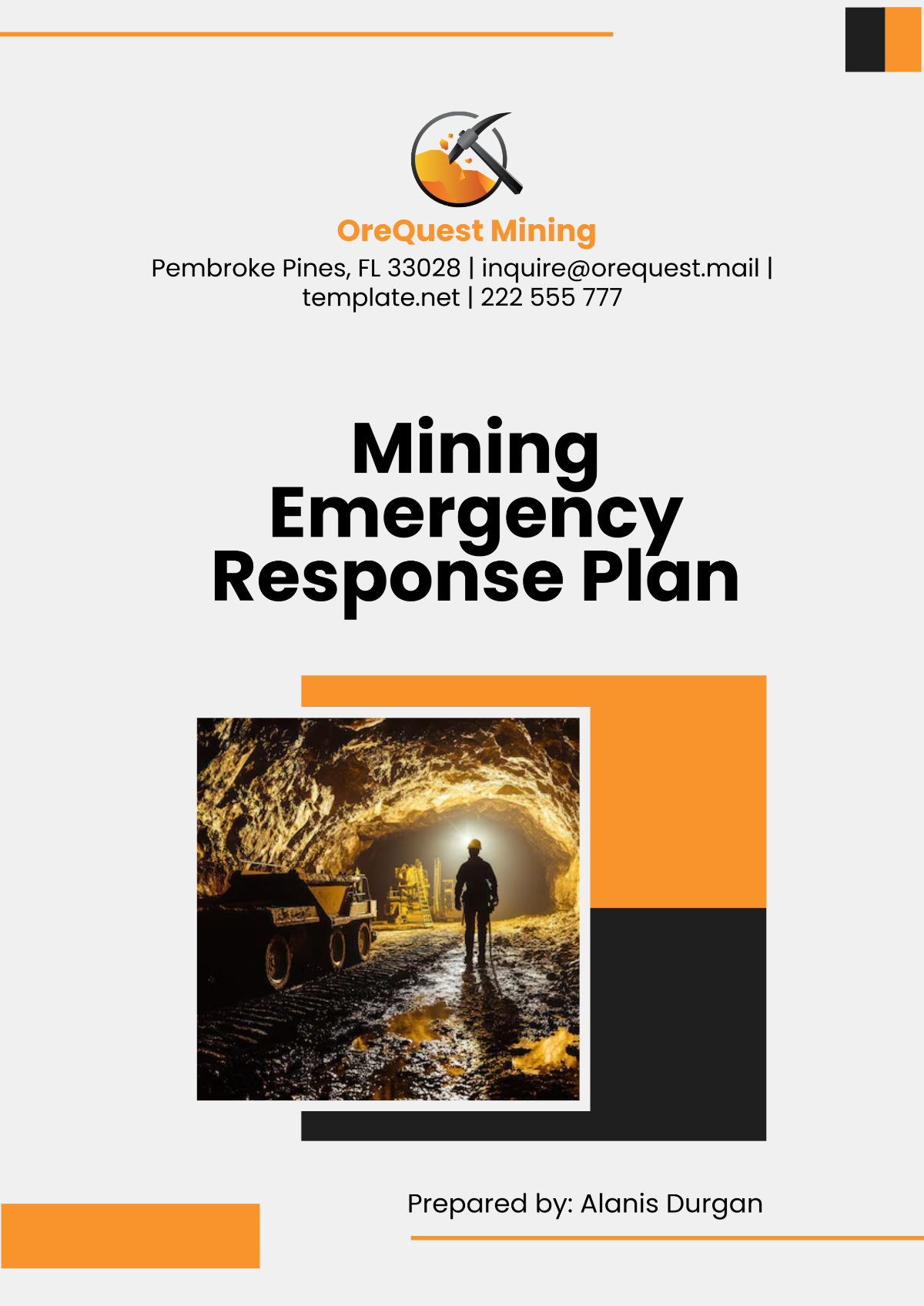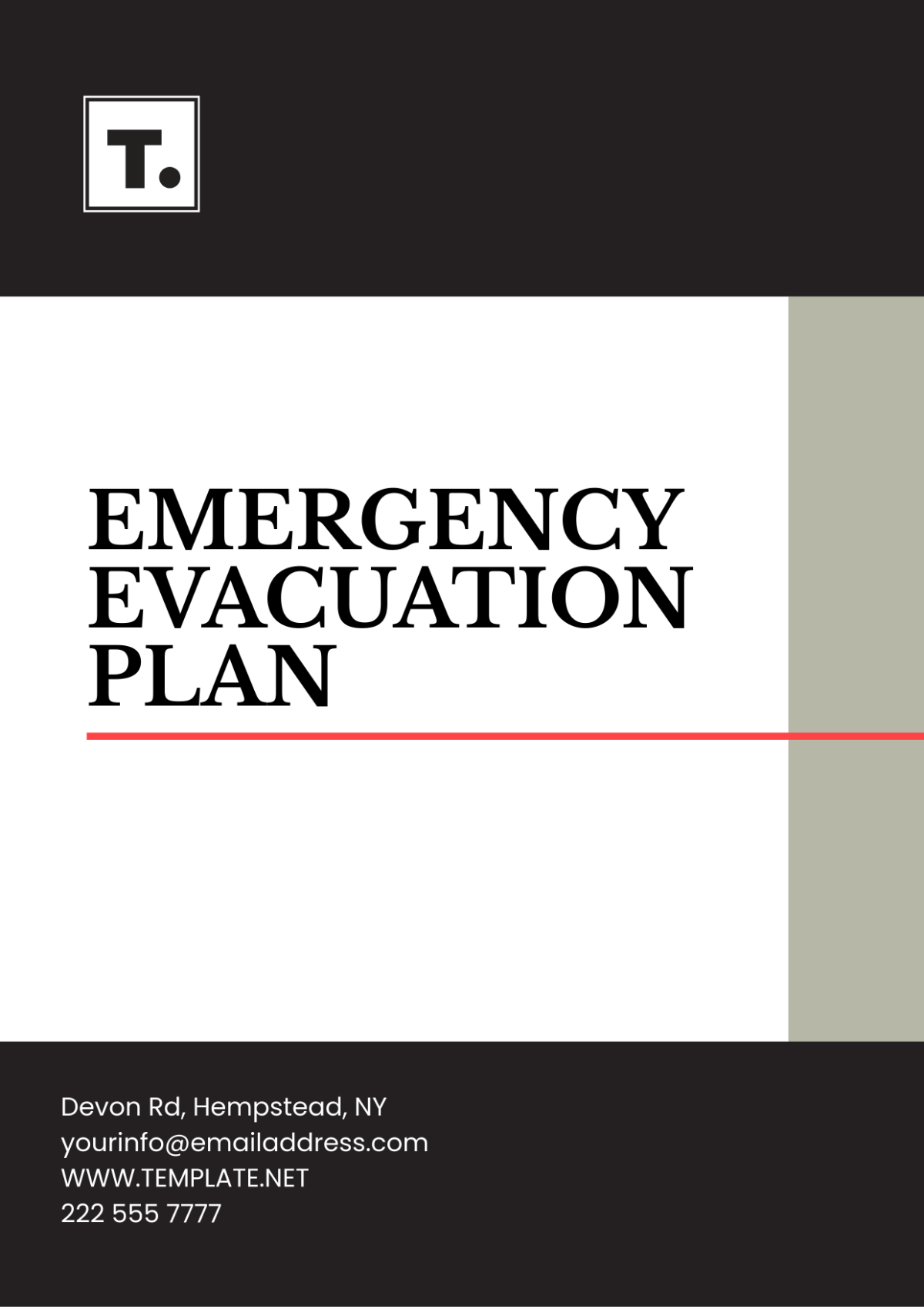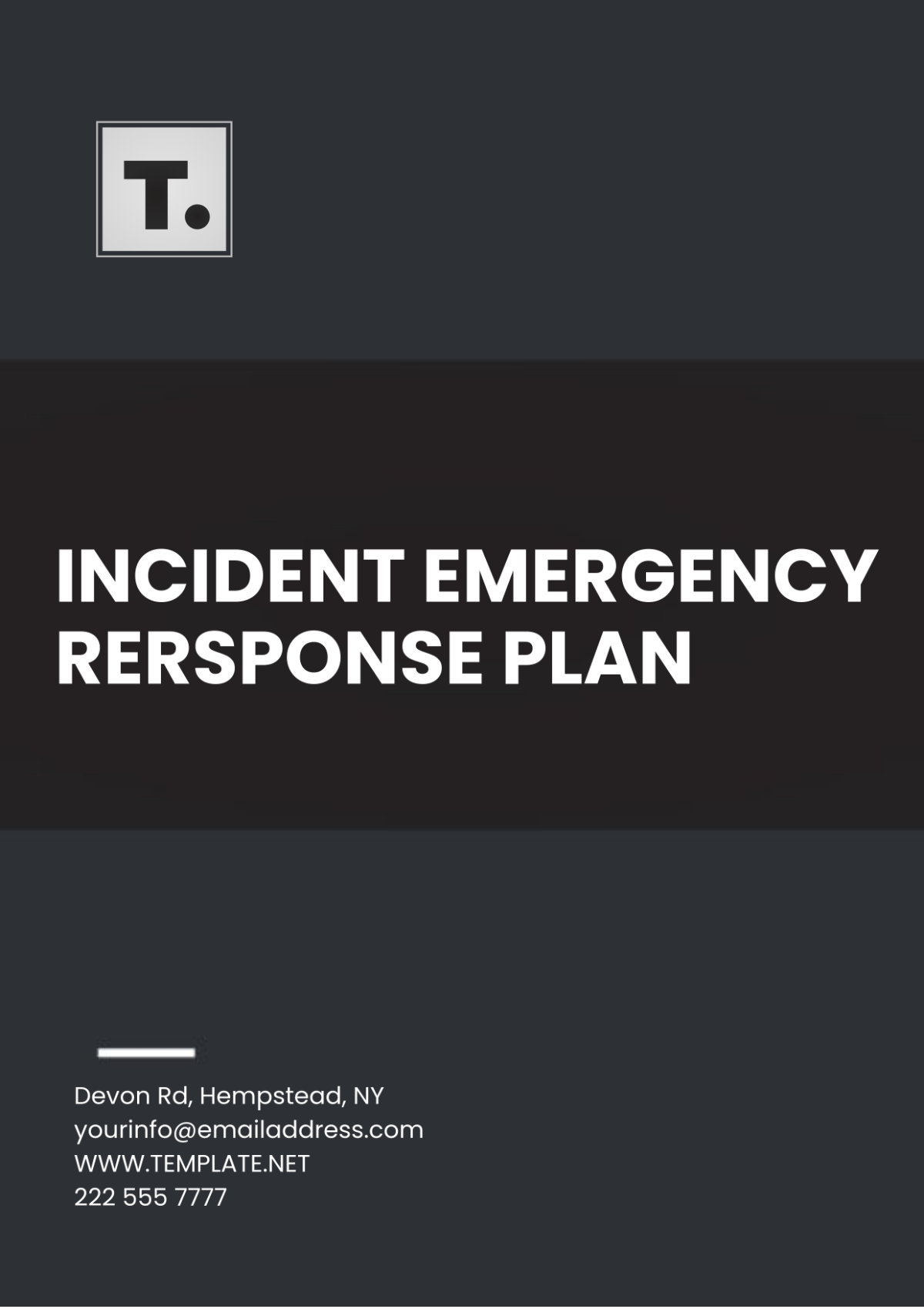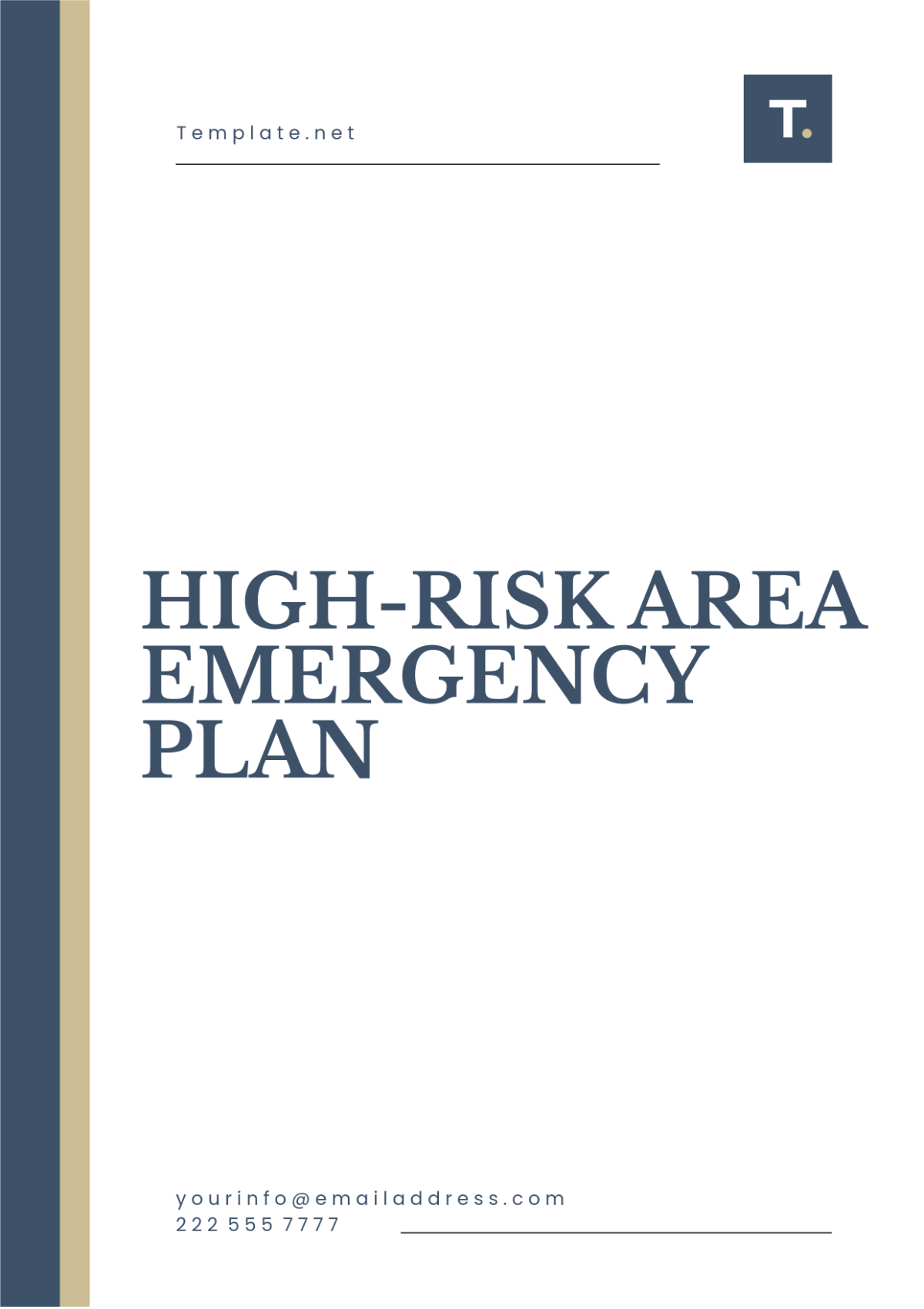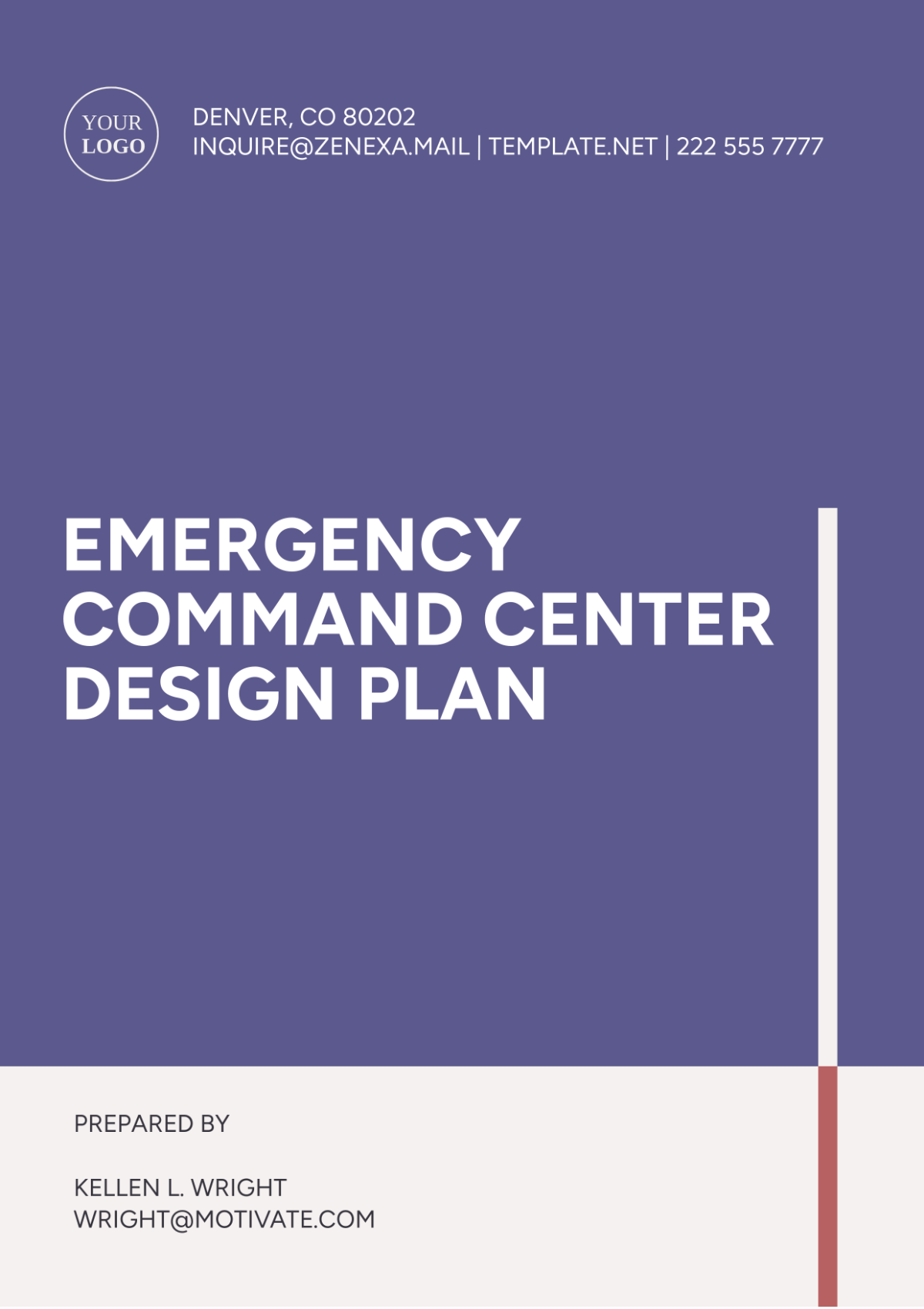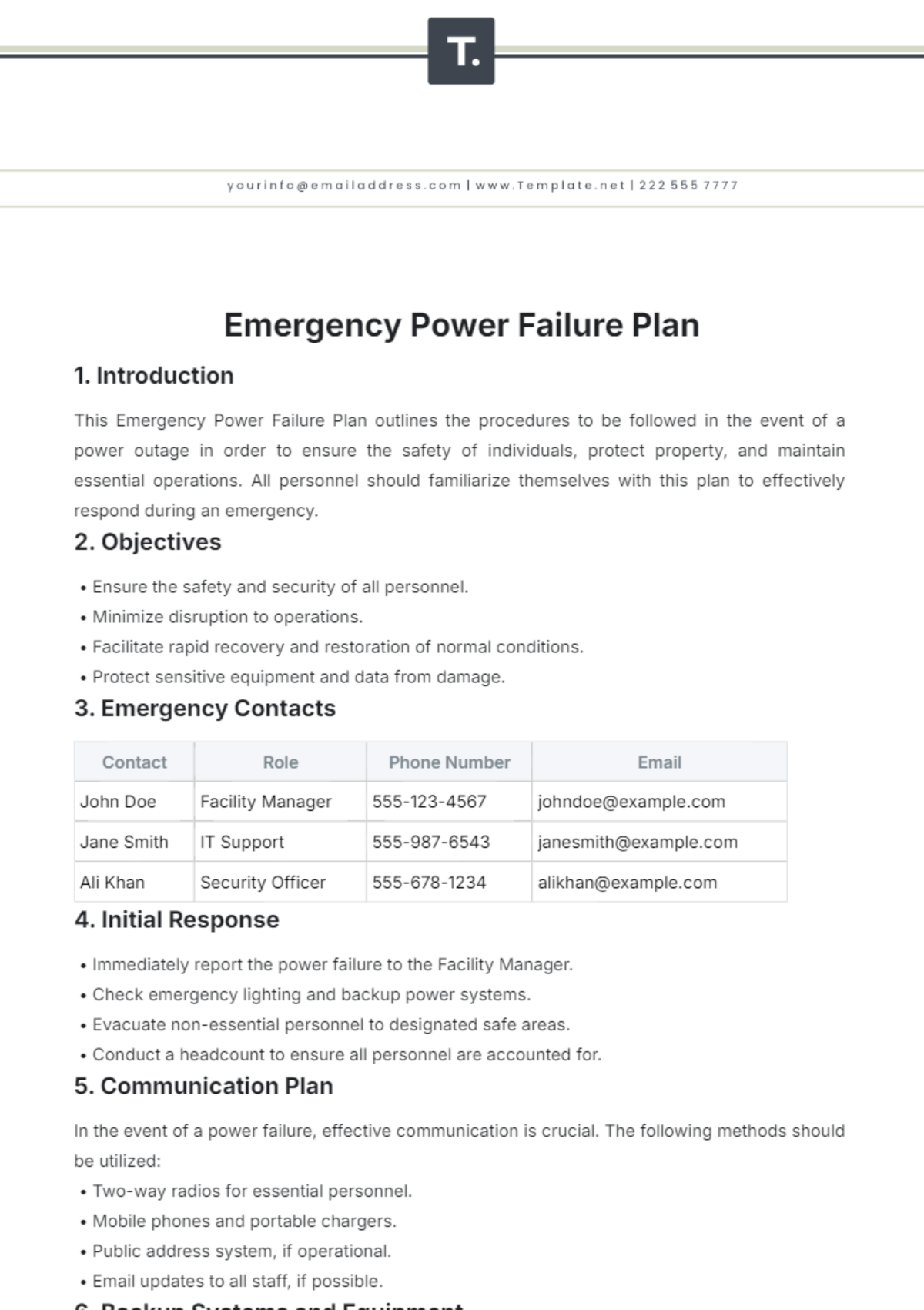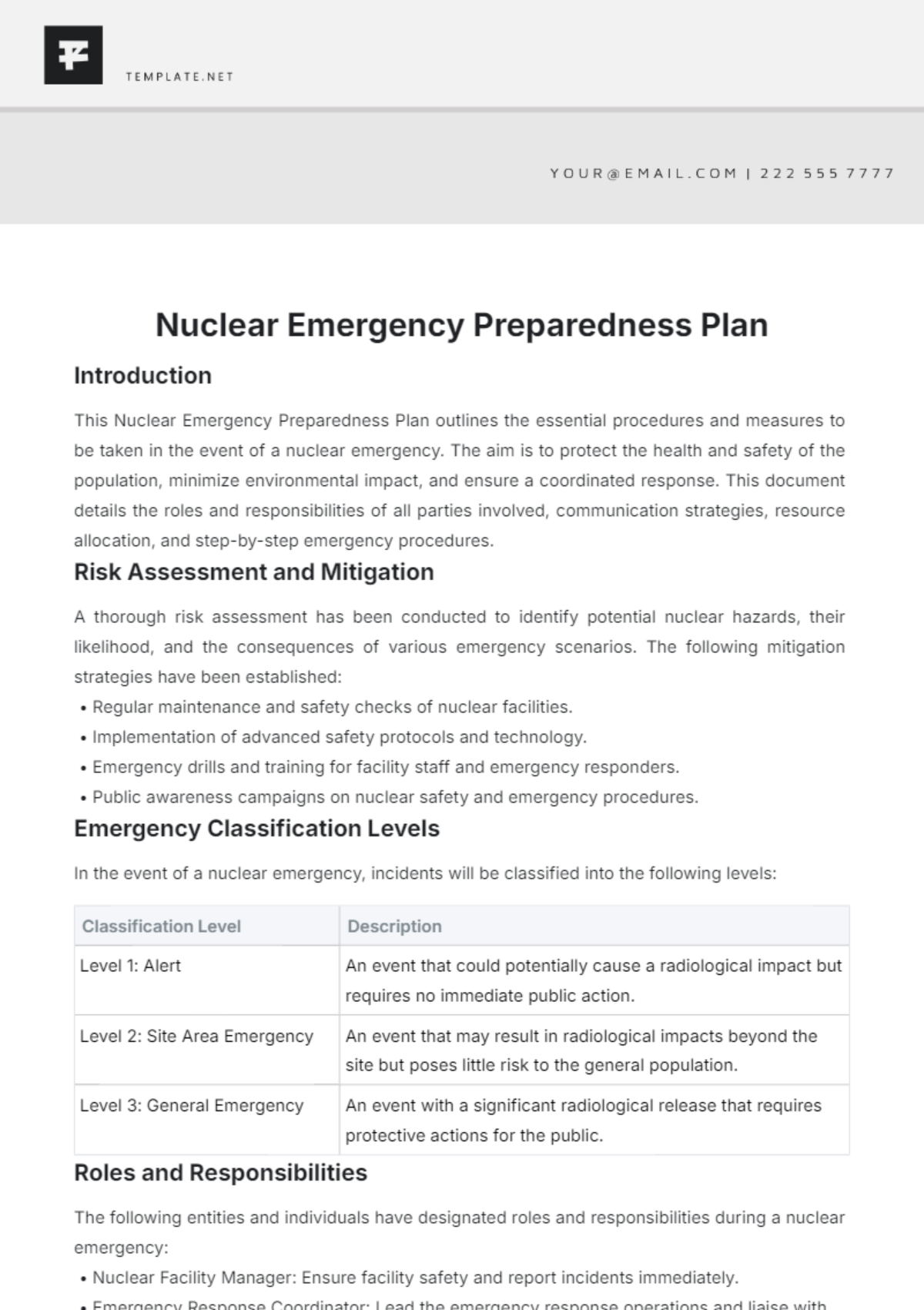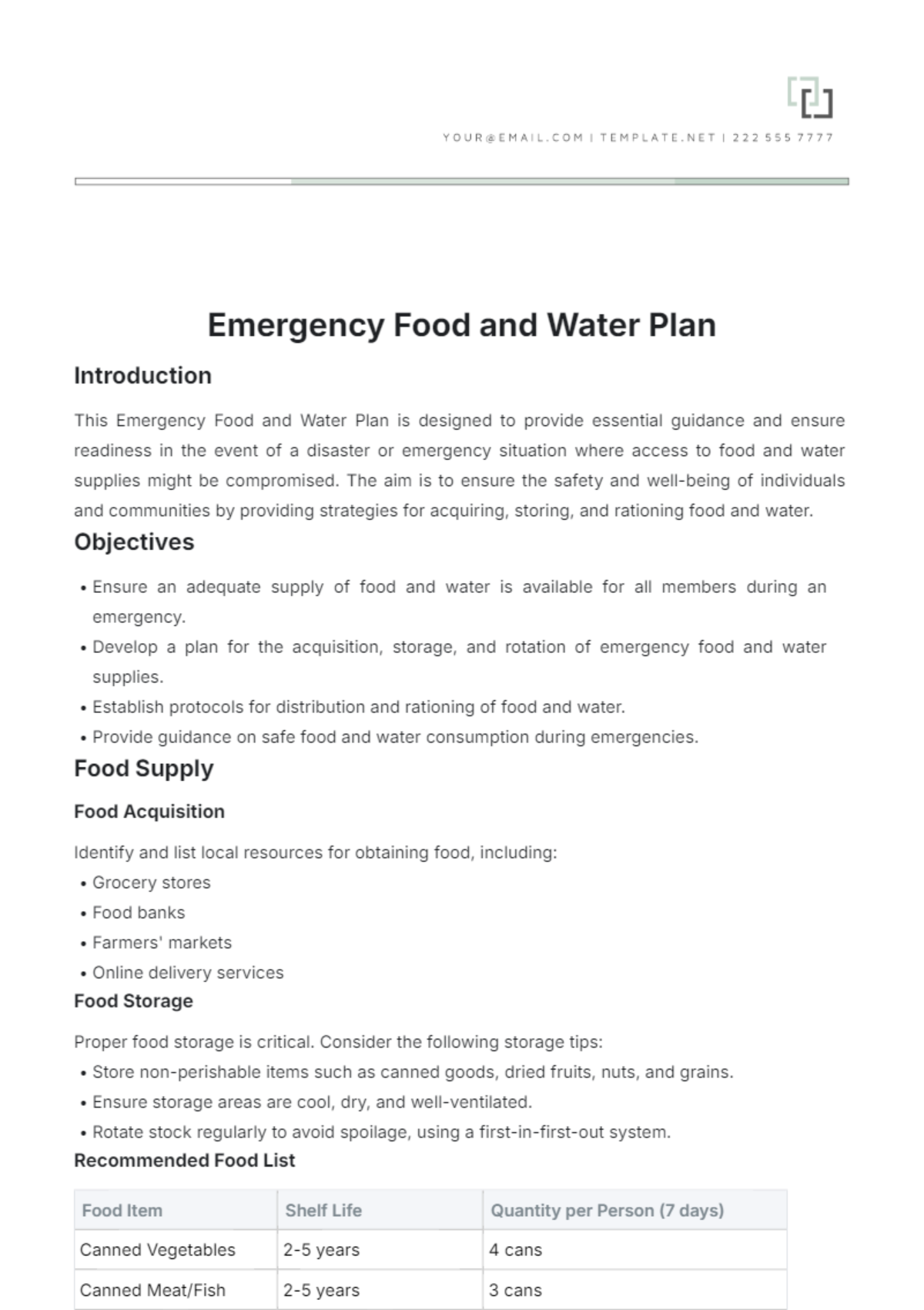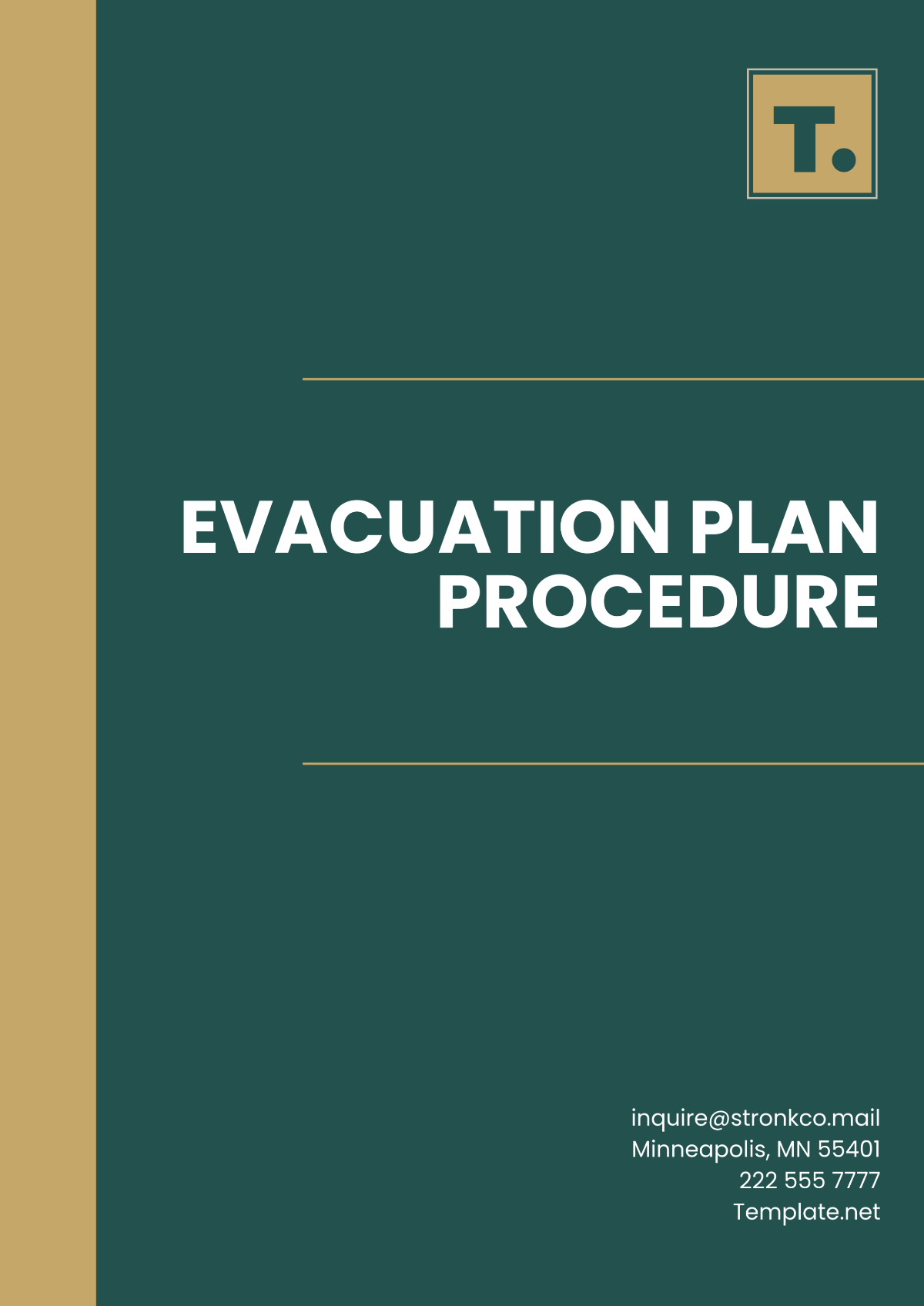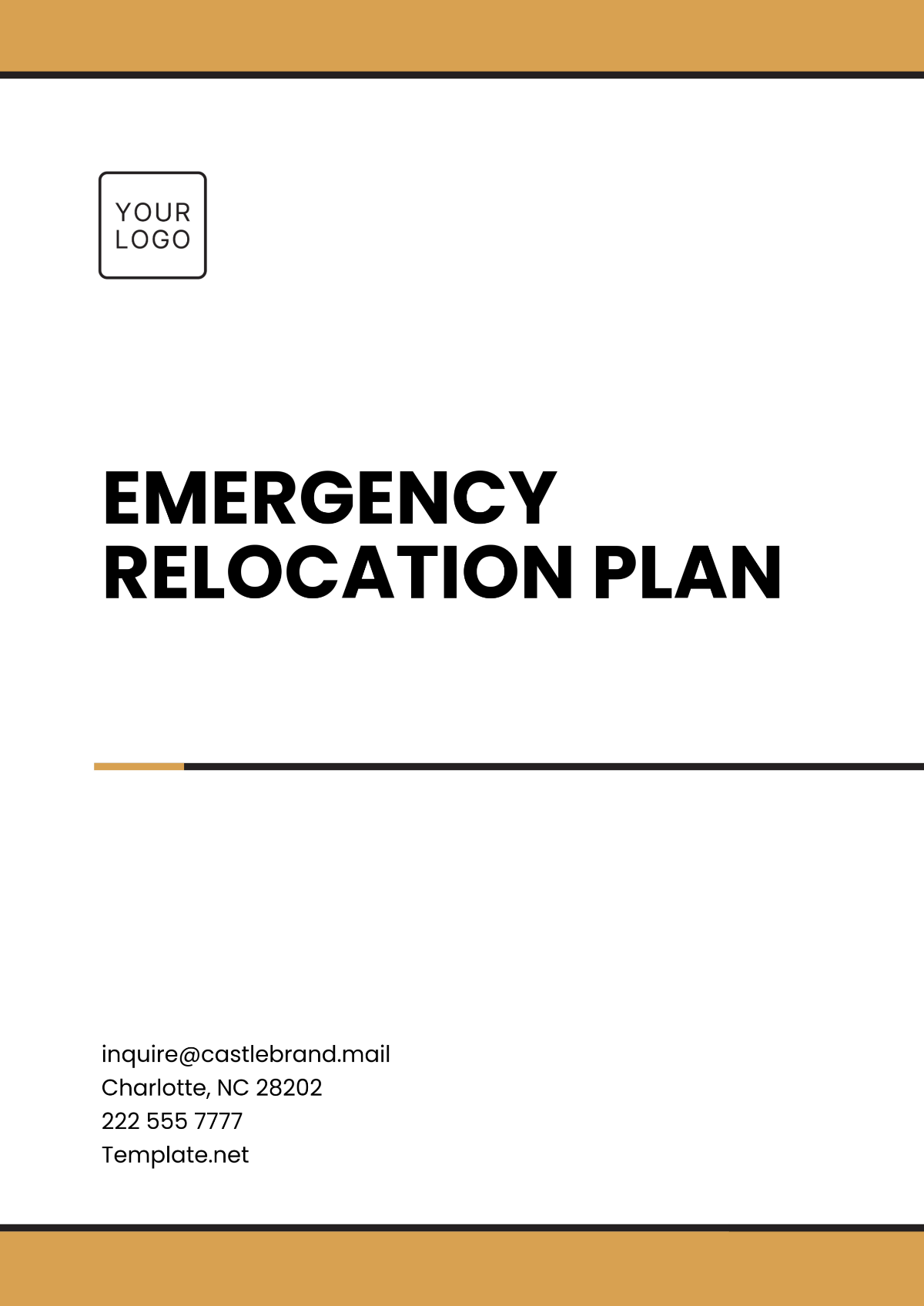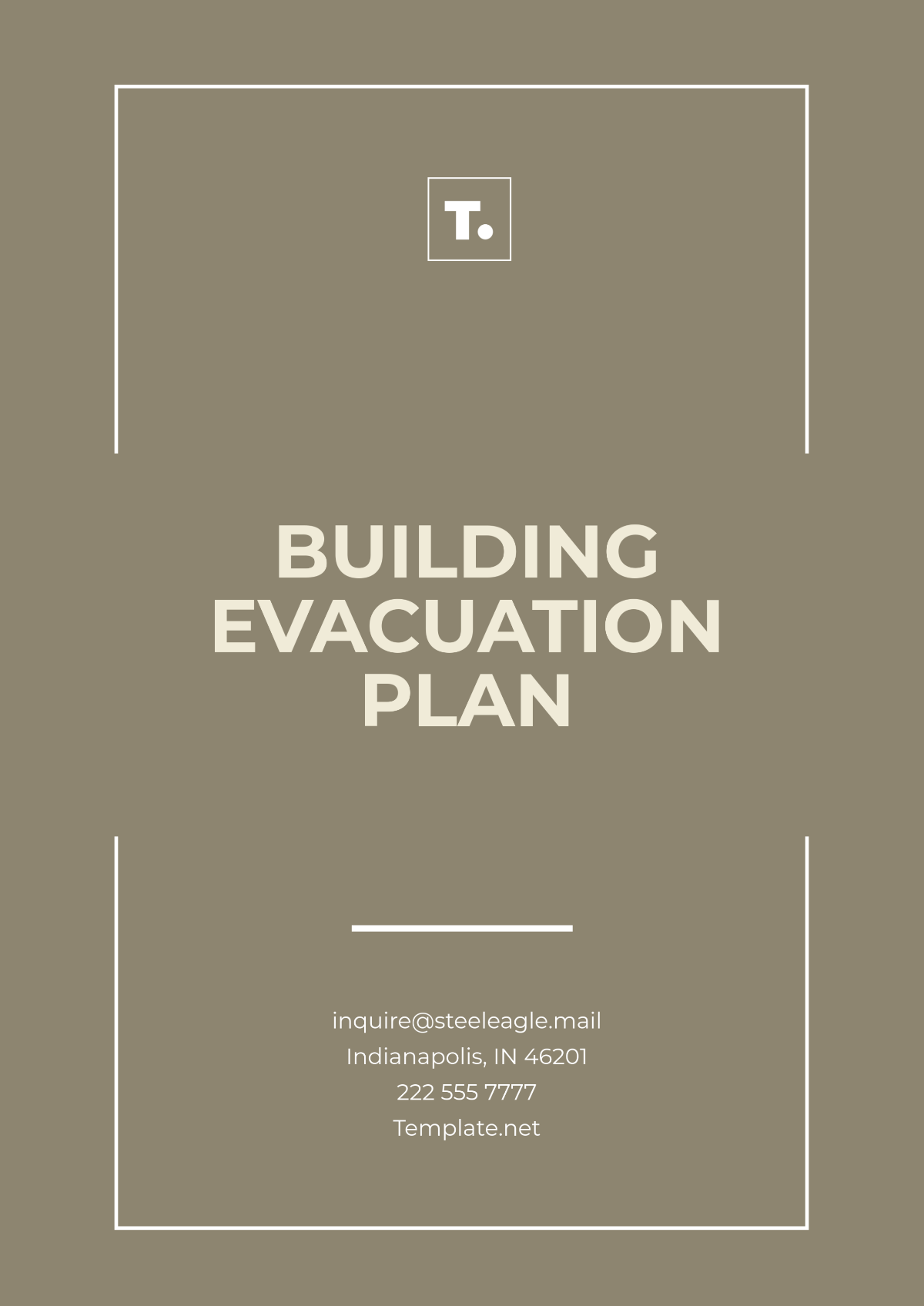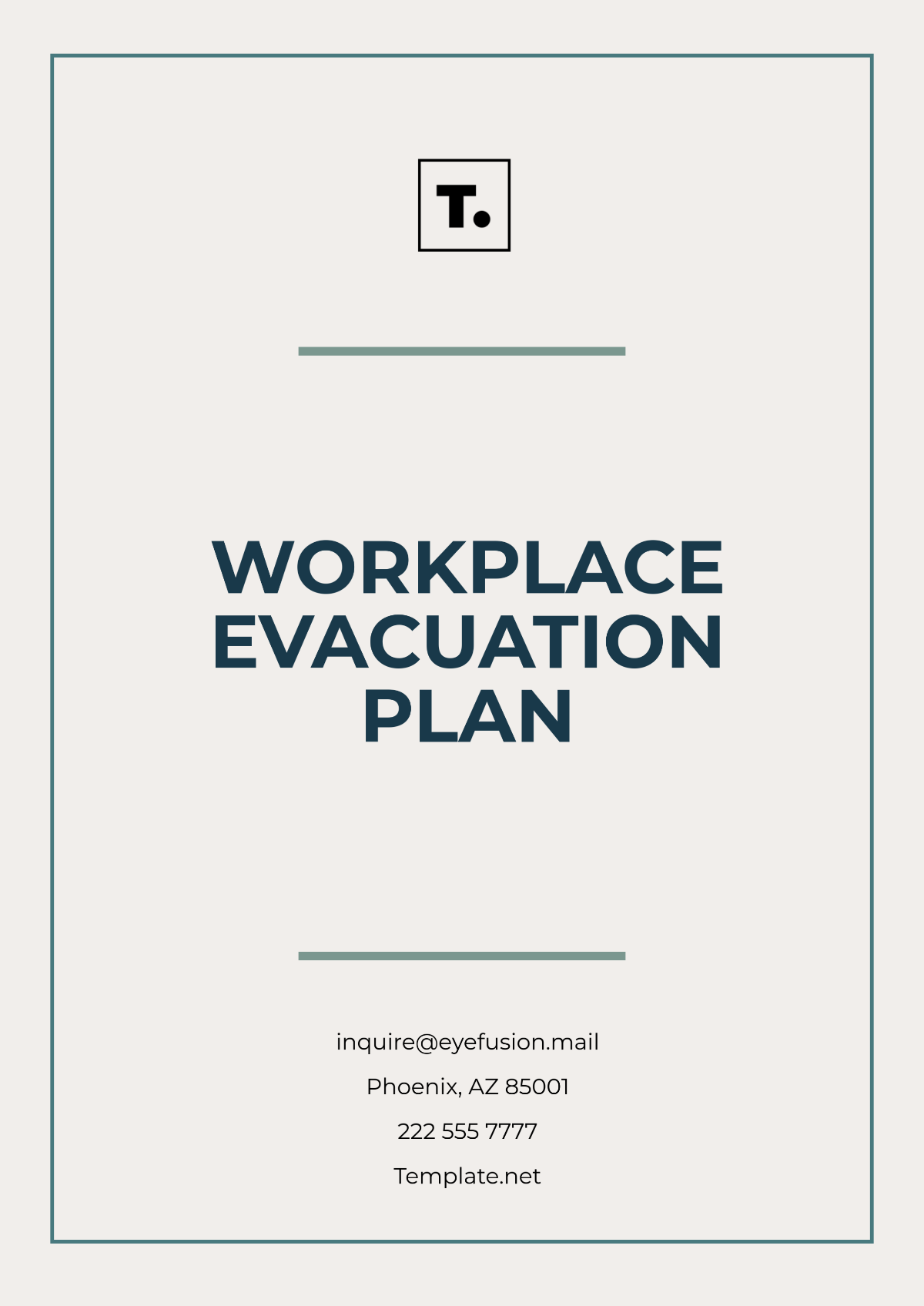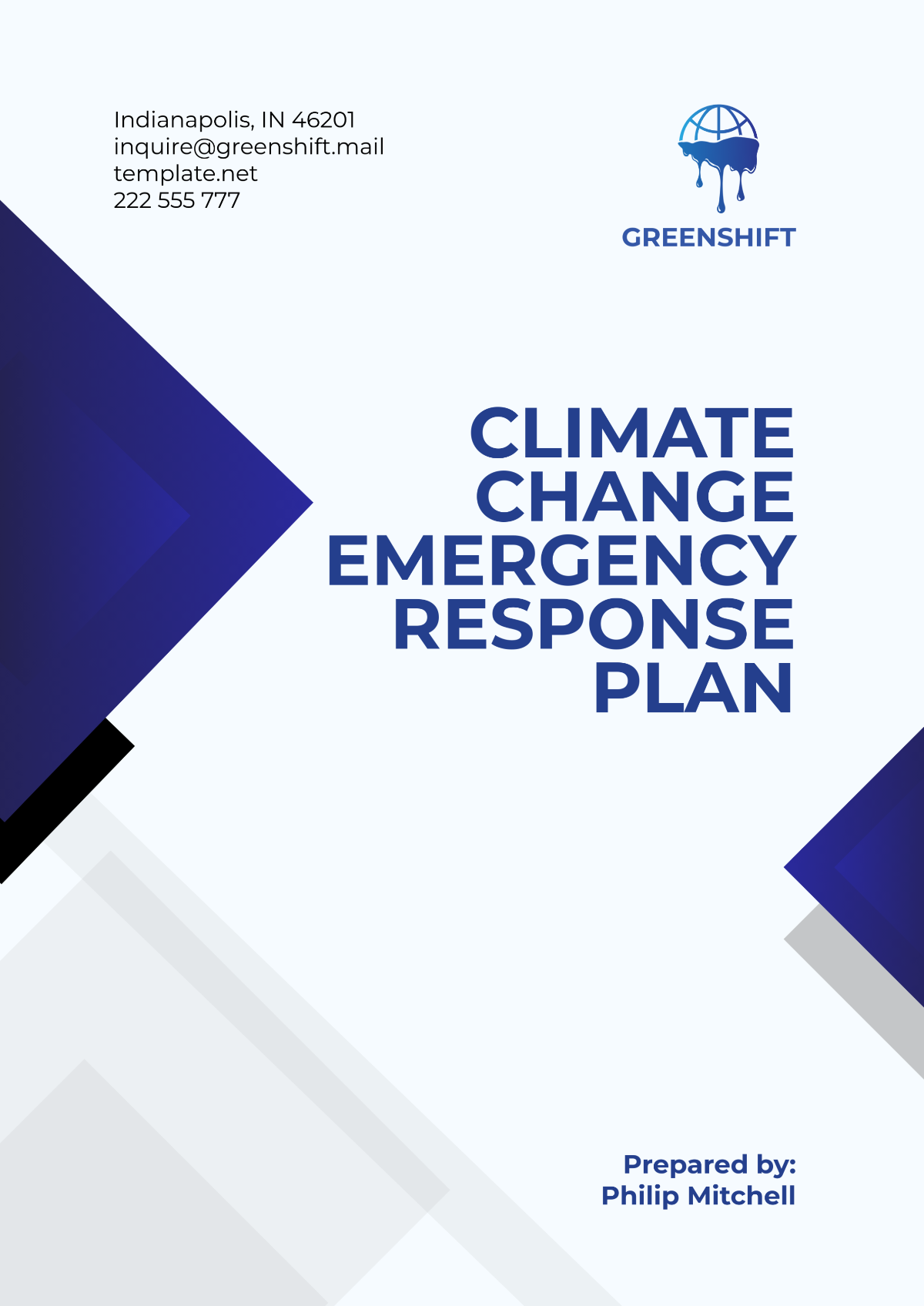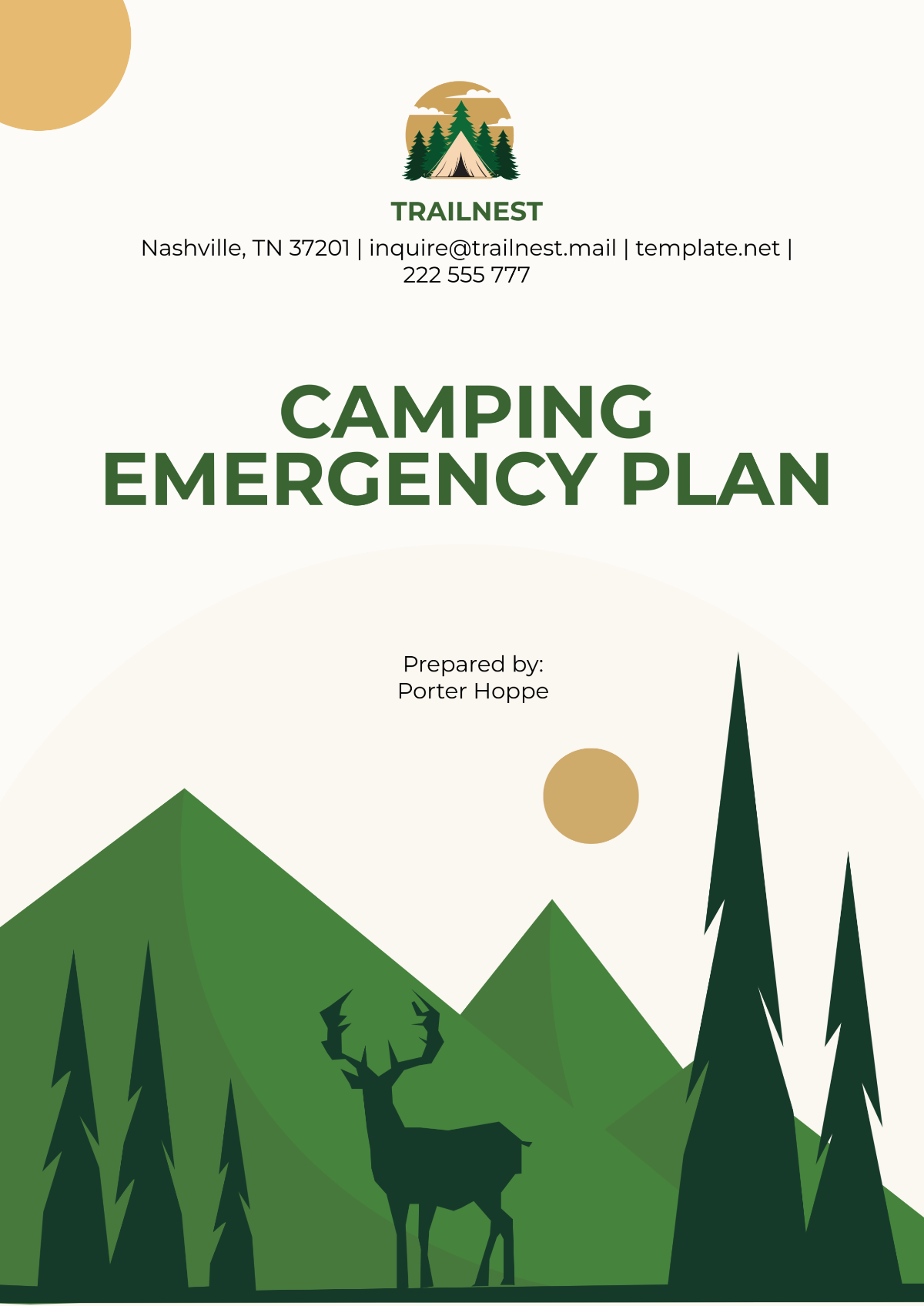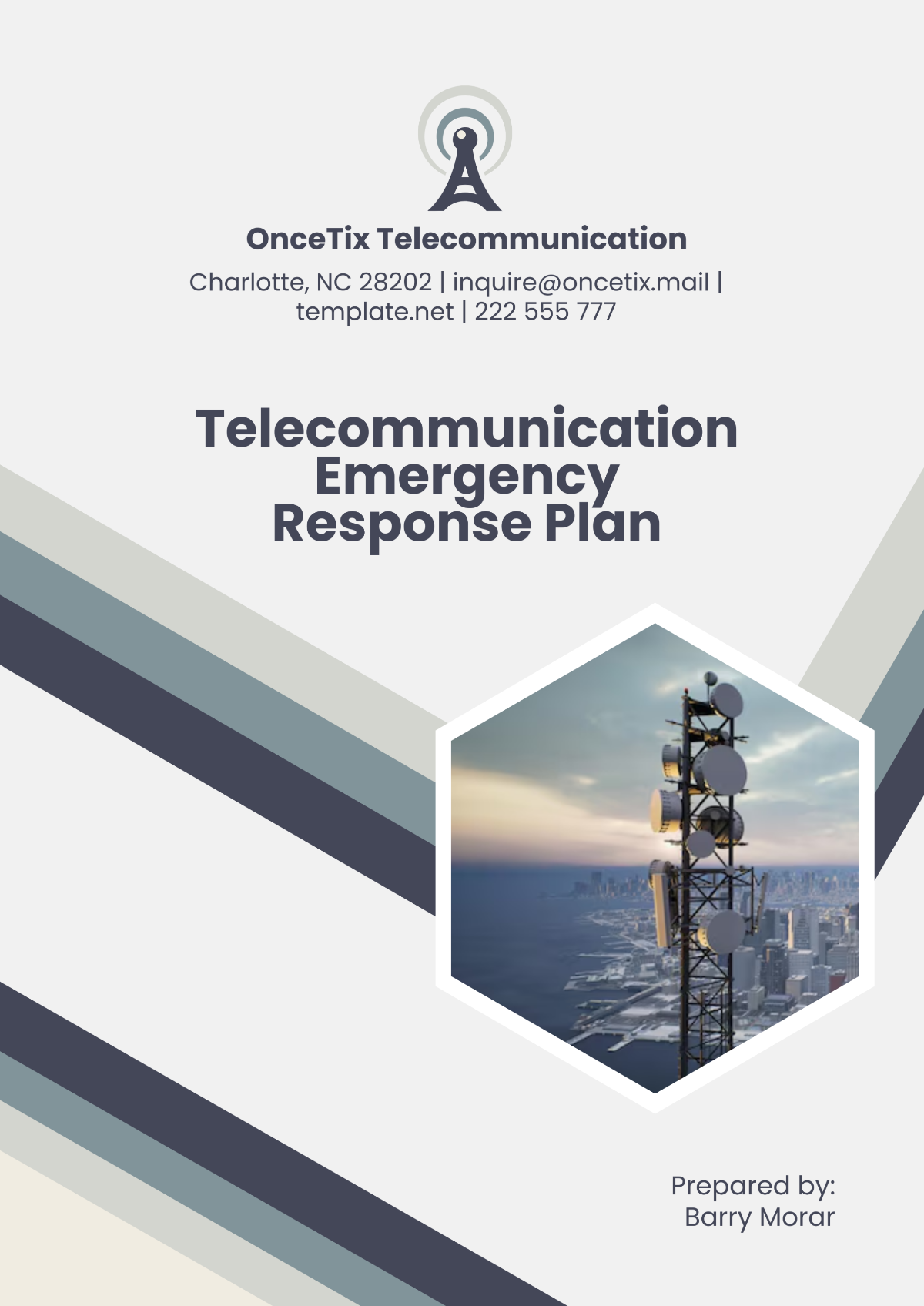Pandemic Emergency Format Plan
Introduction
This Pandemic Emergency Plan has been developed to ensure the safety and well-being of individuals during a pandemic outbreak. It outlines procedures, guidelines, and measures to minimize health risks and maintain essential services.
Objectives
To safeguard the health and safety of all individuals.
To provide clear communication and guidelines to all stakeholders.
To maintain essential services and operations during a pandemic.
To facilitate a coordinated response to the pandemic situation.
Response Guidelines
This section describes the actions to be taken at various stages of the pandemic:
Stage | Action | Responsible Party |
|---|---|---|
Pre-Pandemic | Develop and review the pandemic emergency plan, train staff, stockpile essential supplies. | Emergency Management Team |
Alert Level | Monitor and assess the situation, increase communication efforts, prepare for an influx of cases. | Health & Safety Coordinator |
Pandemic Level | Implement social distancing measures, ensure remote work arrangements, and enforce hygiene protocols. | All Departments |
Post-Pandemic | Assess the response, make necessary adjustments to the plan, and support recovery efforts. | Emergency Management Team |
Communication Plan
Effective communication is crucial during a pandemic. The communication plan includes:
Regular updates from the Pandemic Response Team.
Clear instructions from health officials disseminated via email and noticeboards.
An established hotline for queries and concerns.
Use of social media platforms to reach wider audiences.
Health and Safety Measures
To minimize health risks, the following safety measures are to be implemented:
Frequent handwashing and use of sanitizers.
Mandatory use of masks in communal areas.
Regular cleaning and disinfection of premises.
Isolation procedures for any individual displaying symptoms.
Resources and Supplies Management
Ensure the availability of essential supplies during a pandemic:
Personal protective equipment (PPE).
Medical supplies and first aid kits.
Cleaning and disinfectant materials.
Non-perishable food items and water reserves.
Training and Drills
Conduct regular training and drills to prepare for a pandemic scenario:
Pandemic response simulation exercises.
Health and safety workshops for staff and community members.
Emergency communication drills to test information dissemination processes.
Recovery Plan
Post-pandemic recovery involves:
Evaluating the effectiveness of the response and revising plans if necessary.
Providing mental health support and resources to staff and community members.
Restoring full operations and addressing any pandemic-induced challenges.
